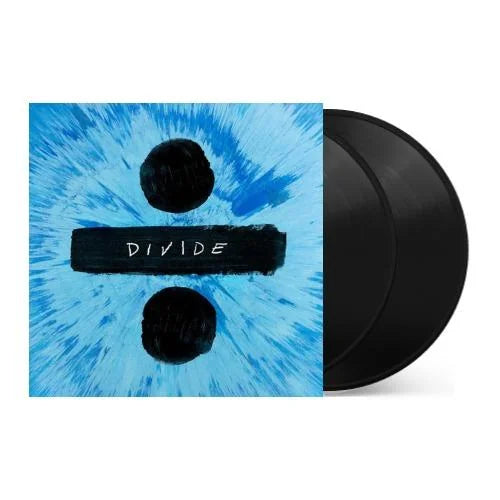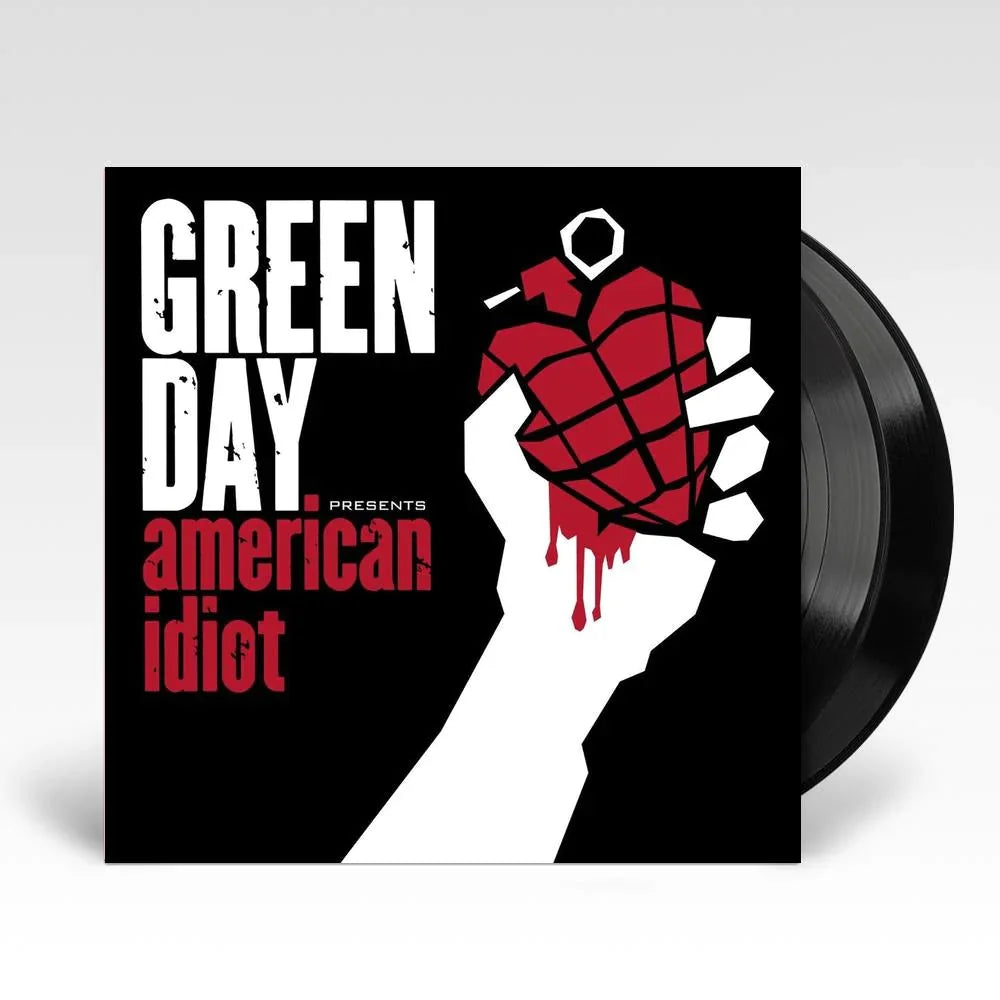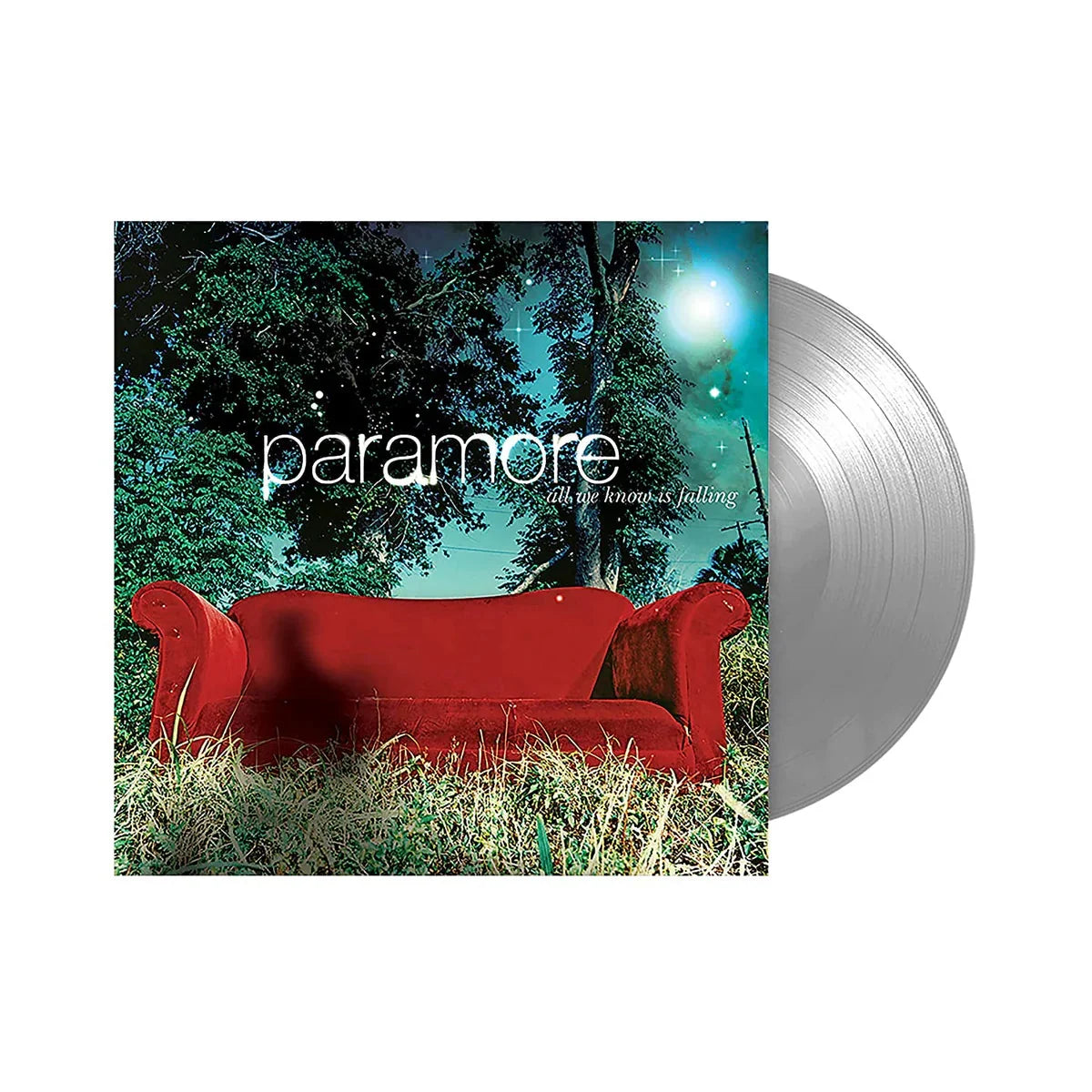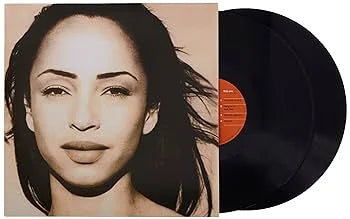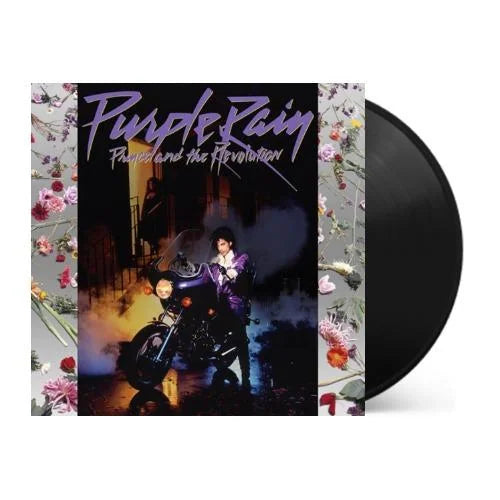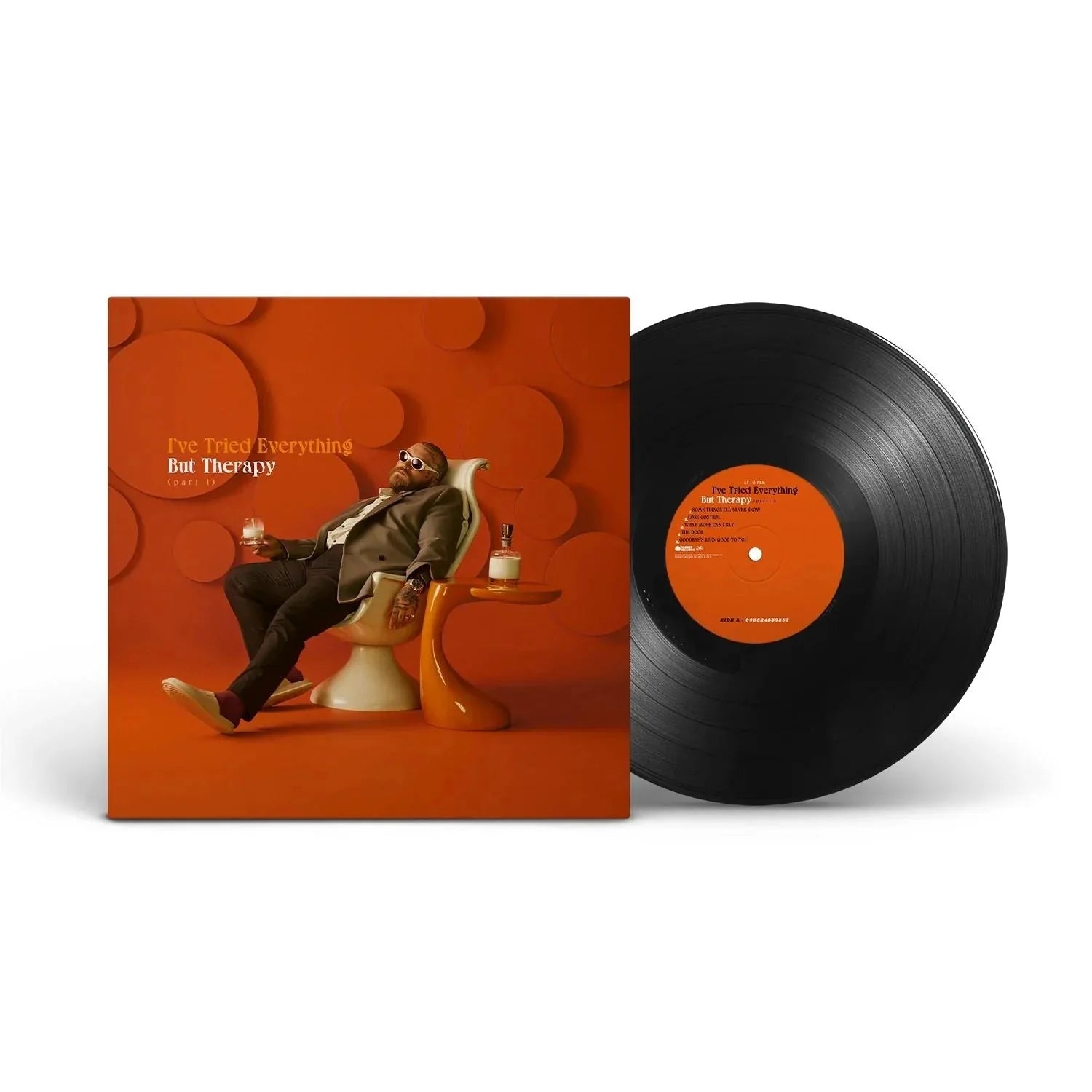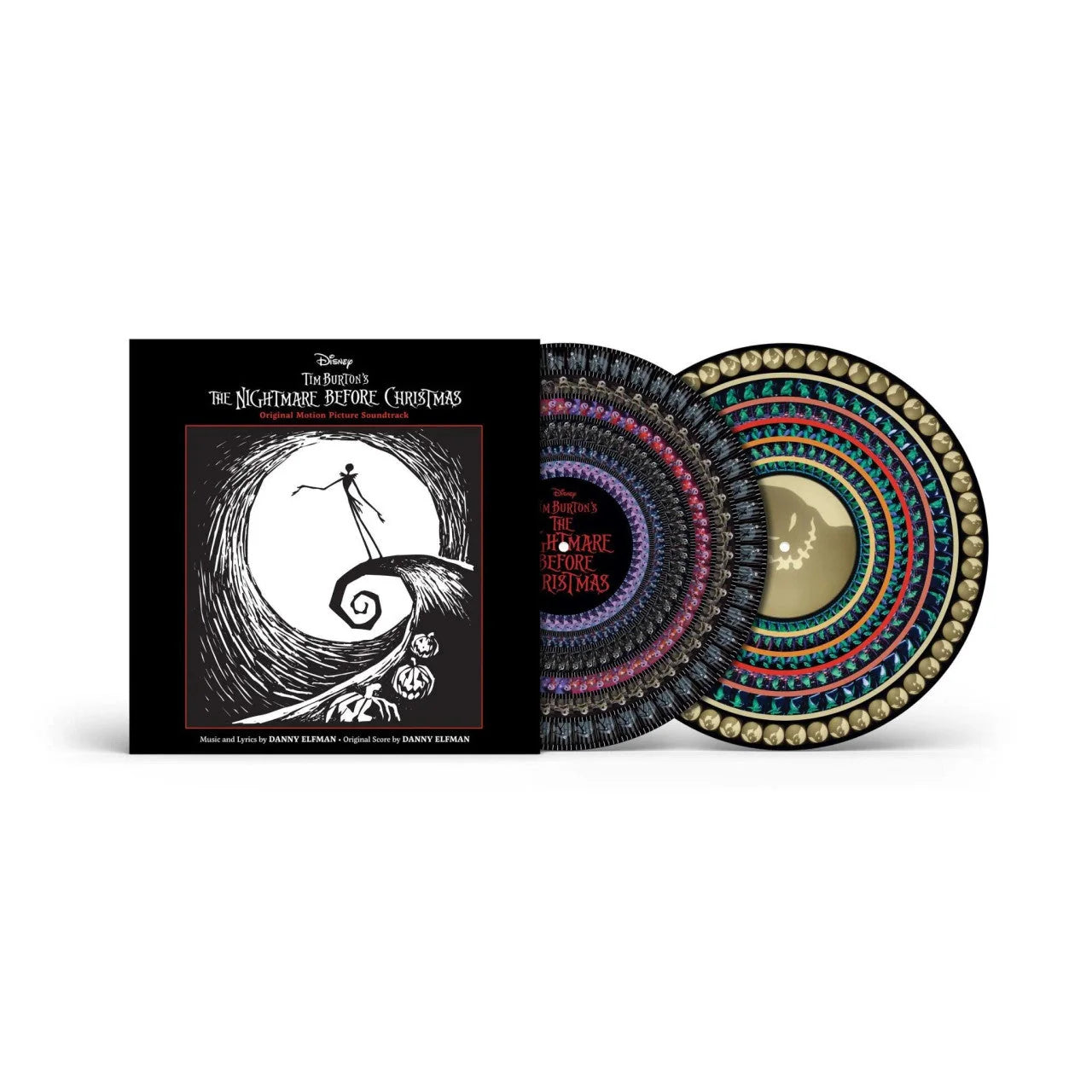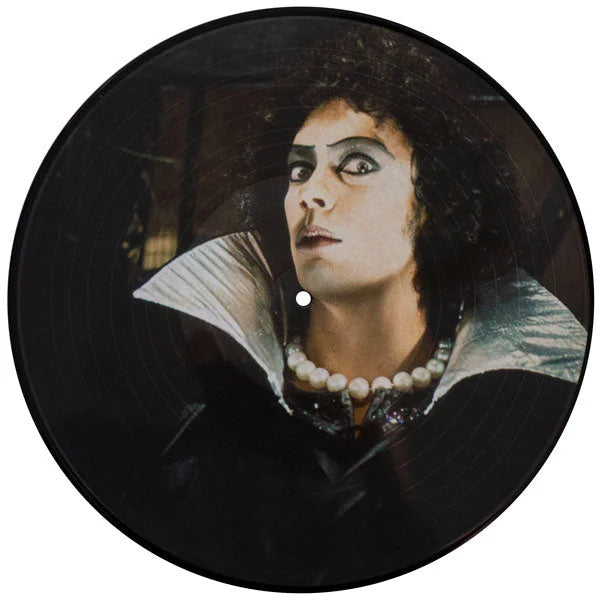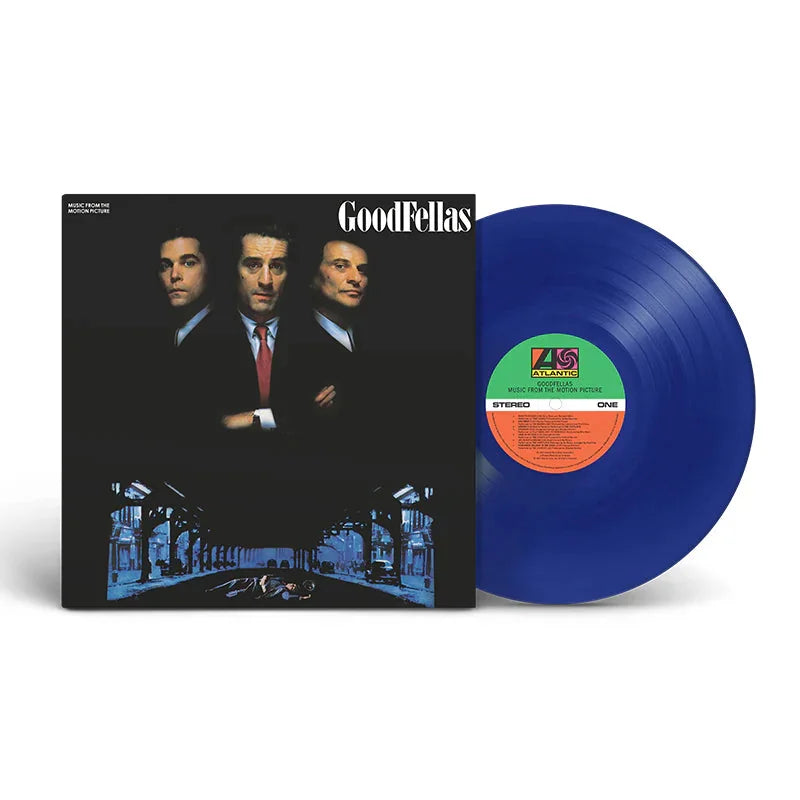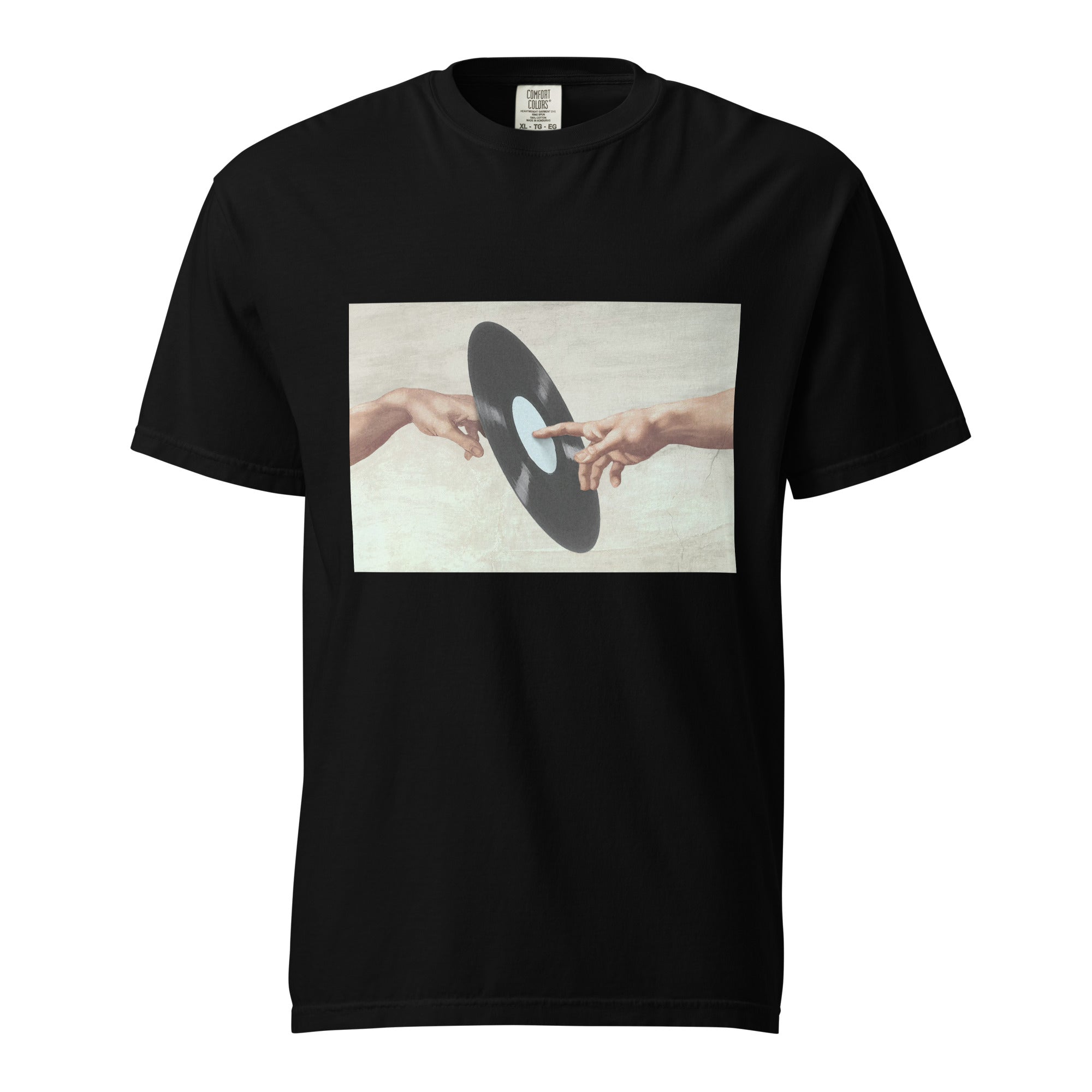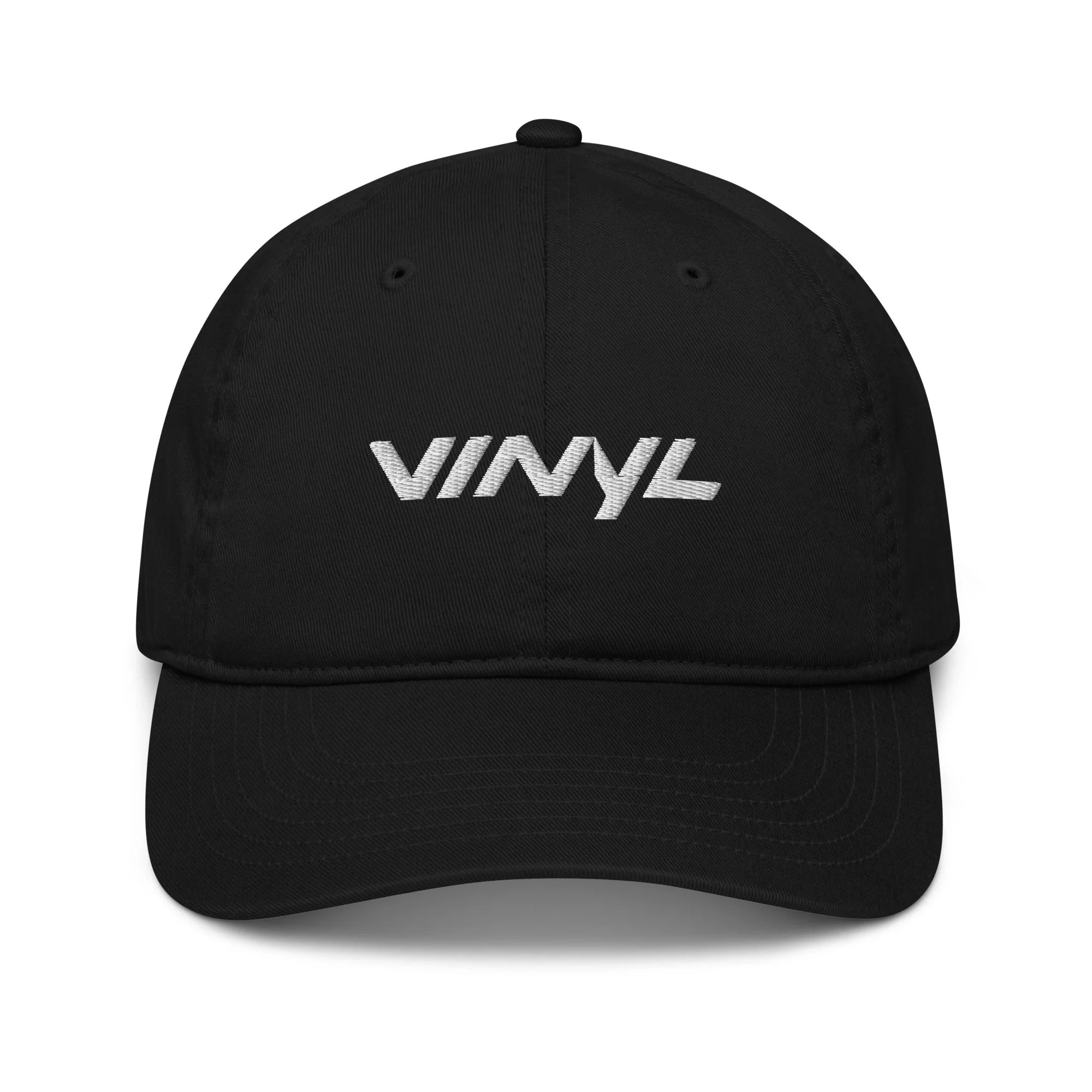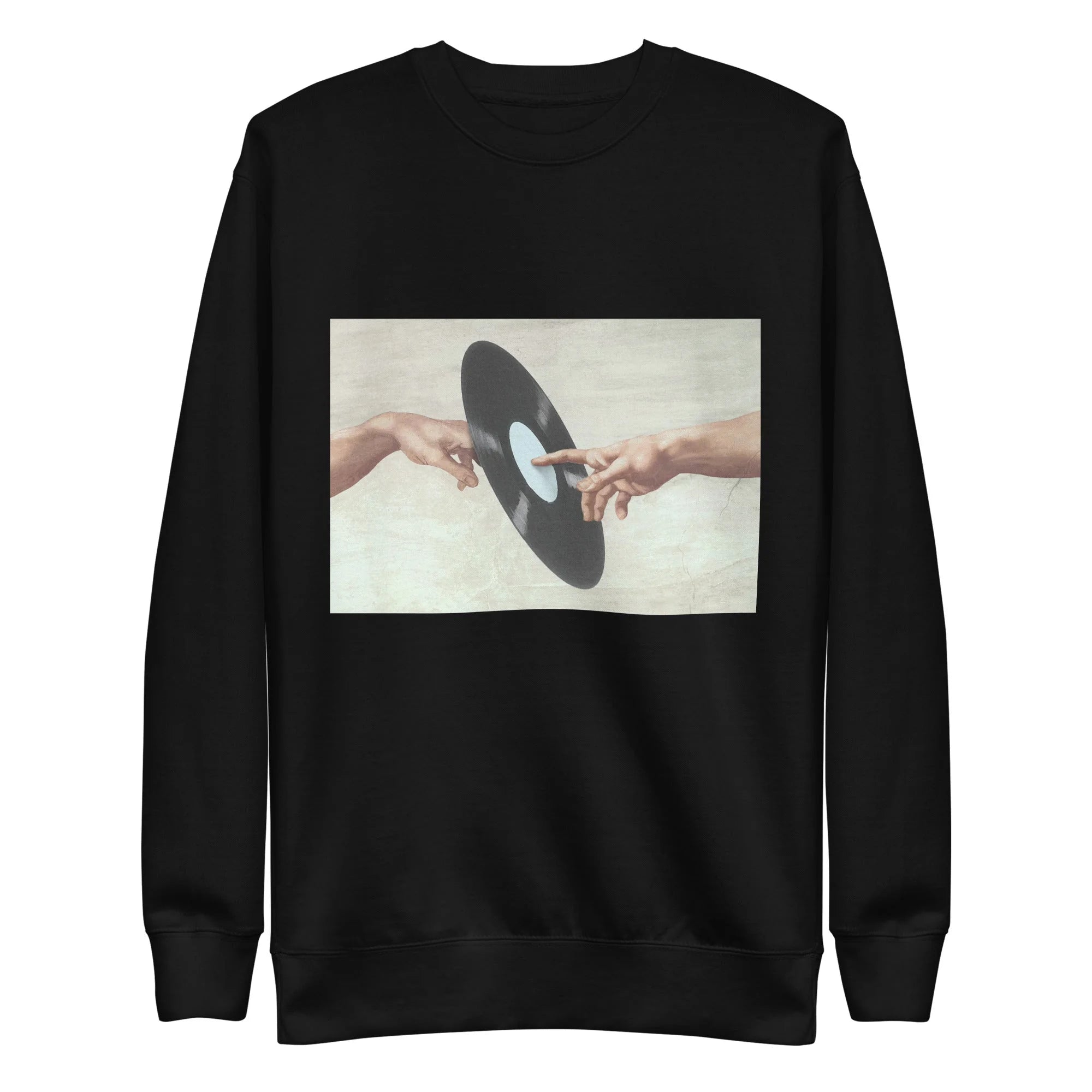Music has been a universal language for centuries, but the way we listen to it has continuously evolved. From the gramophone records of the early 20th century to today's streaming services, each era has had its hallmark. Vinyl records were the epitome of music collection in the past, cherished for their rich sound and artwork. Conversely, digital formats emerged as a beacon of convenience, transforming music into a portable and easily accessible form. This transformation sets the stage for the ongoing vinyl vs. digital debate, a discussion not just about how we listen to music, but how we experience it.
Sound Quality Characteristics
One must learn the specific audio qualities of vinyl and digital formats, such as frequency response, dynamic range, distortion, channel separation, and noise, and how these factors contribute to perceived differences in sound. Listeners may prefer one over the other based on how these traits align with their personal taste and the genres they enjoy most.
Technical Differences Between Digital and Vinyl Records
How Vinyl Records Produce Sound
There are fundamental differences in how vinyl and digital audio are produced, stored, and reproduced. Vinyl records operate on an entirely mechanical principle. When you play a record, the turntable's needle, or stylus, traces the grooves on the vinyl. These grooves are meticulously carved variations corresponding to the sound's original waveforms. As the needle moves, it vibrates, and these vibrations are amplified into sound. The result is a listening experience that many argue is more authentic and immersive, as it captures the raw essence of the live performance.
The Science of Digital Audio Reproduction
Digital audio works fundamentally differently from vinyl. Sound is recorded by sampling the audio wave at frequent intervals and then converting these samples into binary data. During playback, this digital data is processed and converted back into sound waves through speakers or headphones. The precision of digital formats allows for crystal-clear reproduction of sound, with a level of consistency and durability that analog formats struggle to match. However, some argue that this precise replication lacks the 'soul' or 'warmth' that vinyl purportedly offers.
Comparing Analog and Digital Sound Waves
The discussion around the quality and characteristics of sound reproduction often leads to the comparison between analog and digital sound waves. Understanding the nature of these two types of sound waves can be quite intricate, but an analogy might help in grasping the fundamental differences between them. Here's an analogy to break it down:
Analog Sound: This can be likened to a hand-drawn picture. When you draw something by hand, the lines are not perfectly uniform and can vary with each stroke. This imperfection and variability bring a unique character to each drawing, much like analog sound. Each time an analog sound is played, minor variations can occur, similar to drawing the same picture over and over. The result is a sound that is filled with subtle nuances and a depth that enthusiasts greatly appreciate. This uniqueness and character are what many argue give vinyl records their distinctive and cherished sound quality.
Digital Sound: This is comparable to a digital image composed of pixels. When you create a digital image, it is made up of countless tiny squares, each representing a single color. These pixels come together to form a complete picture. This digital image, when copied, remains precisely the same each time, down to every pixel. In the realm of sound, this translates to audio that is incredibly precise, clear, and consistent. Digital sound doesn't degrade over time or with repeated play, maintaining its clarity and crispness indefinitely. This precision and consistency are what make digital formats like CDs and digital audio files appealing to those who prioritize sound clarity and fidelity.
The debate between analog and digital sound waves is rooted in the inherent differences in their reproduction of sound. The preference for one over the other often depends on the listener's priorities and the context in which the sound is enjoyed.
The Impact of Audio Compression and File Formats
The role of audio compression, including lossy and lossless codecs, is important. It directly impacts how closely digital audio can replicate the original recording. Lossy codecs, such as MP3 and AAC, reduce file sizes by permanently removing audio data deemed less perceptible to human ears, which can lead to a noticeable loss in fidelity, diminished dynamic range, and artifacts like a "smeared" or less detailed sound, especially at lower bitrates. In contrast, lossless codecs like FLAC and ALAC compress files without sacrificing any original audio data, preserving the full detail and nuance of the recording. Uncompressed formats, such as WAV or AIFF, offer the highest fidelity but require significantly more storage. These digital file formats and their respective compression methods create a spectrum of audio quality, often making high-resolution digital files indistinguishable from, or even technically superior to, analog vinyl, though some listeners still prefer vinyl’s unique coloration and warmth that digital precision cannot replicate.
The Benefits of Vinyl Records
The Warmth and Nuance of Vinyl Sound
This warmth refers to a fuller, richer sound, often attributed to the record's ability to capture the entire waveform of audio, including subtle nuances that digital compression can sometimes lose. It's this intricate detail that allows listeners to feel closer to the original performance as if the artist is playing right in their living room. For audiophiles, this depth and complexity of sound decides to buy vinyl records more than just a preference; it's a commitment to a certain quality of musical experience.
The Tangibility and Nostalgia Factor
Vinyl records offer a tangible connection to music that digital formats simply cannot replicate. Holding an album in your hands, admiring the artwork, and gently placing the needle on the record provides a ritualistic experience, making listening an active, engaged process. This tactile aspect, combined with the nostalgic aura of vinyl, often evokes memories and emotions, making each record more than just a medium for music, but a storied artifact that carries the weight of history and personal significance.
Vinyl as a Unique Listening Experience
Listening to vinyl is an experience that engages more than just the sense of hearing. This multisensory involvement turns music listening into an event, setting vinyl apart from the passive nature of digital consumption. For many, the act of visiting a vinyl online shop or a local record store is a cherished ritual, a treasure hunt for that perfect addition to their collection, making each vinyl-buying moment special.
Cultural and Collectible Aspects
Cultural significance, collectibility, and tangible aspects of vinyl records are compared to the more utilitarian nature of digital music collections. They are not just carriers of sound but symbols of eras, genres, and movements. Owning vinyl is often seen as a statement of dedication to the art of music, a nod to the artists and the intricate process of creating and recording music. This cultural significance is why enthusiasts don't just buy records online; they invest in a piece of musical heritage. Each record spins a tale beyond the music it holds, resonating with collective memories and a shared love for an era that cherished the album as a complete work of art.
Advantages of Digital Formats
Convenience and Accessibility
Digital music scores high on convenience and accessibility, two factors that have revolutionized the way we interact with music. With just a few clicks, you can access millions of songs from across the globe, transcending geographical and cultural barriers. This ease of access has made music an integral, universal part of our daily lives, allowing us to enjoy our favorite tunes anytime, anywhere, without the need to buy records or maintain a collection physically.
Portability and Ease of Use
You can carry an entire library of music in your pocket, making it the perfect companion for commuting, traveling, or just lounging at home. Moreover, digital music players and apps are designed with user experience in mind, offering features like playlists, recommendations, and easy search functions. This user-friendly approach has democratized music consumption, making it an effortless, inclusive part of everyone's life.
Precision and Consistency in Sound
Each playback is a perfect replication of the original recording, free from the wear and tear that vinyl records may accumulate over time. This cleanliness and clarity are particularly crucial for certain genres and audio settings where precision is paramount, making digital formats a preferred choice for both casual listeners and professionals.
The Extensive Reach of Digital Music Libraries
The digital revolution has also significantly expanded the reach of music. Artists, from superstars to indie newcomers, can share their work with a global audience instantly. For listeners, this means an almost infinite library of songs, genres, and artists to explore. The ability to discover new music, revisit old favorites, or even buy vinyl online versions of digital finds underscores the immense power of digital platforms in connecting artists and audiences in unprecedented ways.
Durability and Maintenance
When comparing vinyl records to digital audio files, significant differences emerge in terms of physical durability, longevity, and maintenance. Vinyl records, as tangible objects, are inherently susceptible to physical wear and environmental factors. Each play of a record involves the stylus physically contacting the grooves, gradually causing microscopic wear that can degrade sound quality over time. Surface noise, such as pops, clicks, and crackles, often accumulates due to dust, scratches, or static, necessitating careful handling and regular cleaning to preserve audio fidelity. Additionally, records must be stored upright in controlled conditions to prevent warping and further degradation. In contrast, digital audio files are not subject to physical deterioration from playback or environmental exposure. Once stored on a reliable medium, such as a hard drive or cloud service, digital files can be copied, transferred, or backed up indefinitely without loss of quality. However, digital formats are not entirely immune to data degradation; issues like file corruption, hardware failure, or obsolete formats can threaten long-term accessibility. Still, with proper digital archiving and regular backups, digital audio typically offers far greater longevity and easier maintenance than the ongoing care required for vinyl. This fundamental distinction makes digital formats appealing for those prioritizing durability and minimal upkeep, while vinyl demands a more hands-on, preservation-focused approach.
Debunking Myths and Misconceptions
Misunderstandings in the Vinyl vs. Digital Argument
The debate between vinyl and digital formats is often muddled with myths and personal biases. For instance, some claim that vinyl inherently sounds better than digital, or vice versa, without acknowledging the nuances of recording, mastering, and playback equipment. Others might overlook the impact of external factors like the quality of speakers or headphones. It's crucial to approach this debate with an open mind, recognizing that both formats have their strengths and can coexist harmoniously in the music landscape.
Factual Aspects of Sound Quality
The quality of sound is a multi-faceted aspect that audiophiles, music enthusiasts, and casual listeners alike often scrutinize. It's not just about the medium through which music is played; several factual elements contribute to the overall sound quality. Below are the aspects that need to be considered:
Recording Quality: The quality of the original recording is paramount. No subsequent process, whether it's mastering, pressing, or playback, can improve the sound beyond the quality of the original recording. The attention to detail during the recording phase ensures that the richness, depth, and nuances of the sound are accurately captured, providing a strong base for the subsequent stages.
Mastering Process: It involves fine-tuning the final mix and ensuring that the sound is optimized for various playback formats, whether vinyl, CD, or digital files. The process can significantly affect the end product, as mastering for vinyl, for instance, might require different techniques compared to mastering for digital formats.
Playback Equipment: The quality of the turntable, speakers, or digital playback devices plays a crucial role in the listening experience. High-quality equipment can accurately reproduce the sound as intended during the recording and mastering phases, maintaining the nuances and dynamics of the audio. On the other hand, lower-quality equipment might introduce noise, distortion, or other unwanted artifacts, detracting from the listening experience.
Sound quality is not just a subjective preference but a multifaceted aspect influenced by various factual elements. Understanding these factors can help listeners make informed decisions about their audio equipment and recordings, ultimately enhancing their auditory experience.
Listening Experience and Subjective Perception
The personal and subjective aspects of listening to vinyl and digital audio involve emotional responses, nostalgia, and the influence of psychological factors on perceived sound quality. It's important to acknowledge the placebo effect in audio perception. Sometimes, the belief that one format is superior can influence our listening experience more than the actual sound quality. A sound that feels warm and rich to one listener might seem muffled to another. Similarly, the crispness of digital audio might be appealing to some but feel overly processed to others. Ultimately, the choice between vinyl and digital boils down to personal preference, shaped by individual experiences, expectations, and the context in which music is enjoyed.
Building Your Music Collection
Where to Buy Vinyl Records and Digital Music
Embarking on building your music collection is an adventure filled with choices. For vinyl enthusiasts, local record stores offer a treasure trove of finds, from classic albums to rare editions. These places are not just shops but cultural hubs where music lovers gather, share, and celebrate their passion. On the digital front, online music platforms provide instant access to an immense library of songs across all genres, catering to every mood and occasion. Whether you prefer to buy records in person or enjoy the convenience of digital downloads, both avenues offer unique ways to explore and expand your collection.
Tips On How to Buy Vinyl Records Online
For those looking to expand their collection without breaking the bank, mastering the art of finding deals online is crucial. Navigating the world of online vinyl shopping can be rewarding, especially when you know how to snag the best deals:
Follow Online Communities: Join forums and social media groups where collectors share tips, deals, and rare finds.
Compare Prices: Use price comparison websites to ensure you're getting the best deal on the vinyl you want.
Watch for Special Releases: Record labels often release limited editions or special pressings that can quickly become valuable.
Finding great deals on vinyl online is an art that involves being part of a community, doing diligent research, and staying alert to special opportunities. By following these tips, collectors can not only save money but also enrich their collections with valuable and meaningful records.
Understanding Vinyl Grading Systems
When you buy vinyl online, understanding the grading system is crucial. Sellers grade records based on their condition, from the sleeve to the vinyl itself. Common grades include Mint (M), Near Mint (NM), Very Good (VG), and Good (G), among others. Familiarizing yourself with these grades helps in setting your expectations and ensures that you get your money's worth.
The journey of exploring music is deeply personal and endlessly rewarding. Whether you choose to buy vinyl records for their tactile charm and rich sound or embrace digital formats for their convenience and accessibility, each choice reflects a unique way of experiencing and appreciating music. Celebrate music in every form with Vinyl.com, and explore a curated collection of records that bring timeless sound to your listening experience. As you build your own, remember that each record, each song, and each format is a chapter in your own musical story, a story that is as unique and individual as your taste in music. In embracing both the old and the new, we keep the love for music alive and thriving, ensuring that, regardless of the format, the beat goes on.

![Various Artists - Once Upon A Time: The Tarantino Sound [Red 180-Gram]](http://vinyl.com/cdn/shop/files/4376720-3283530.jpg?v=1733870948&width=5760)
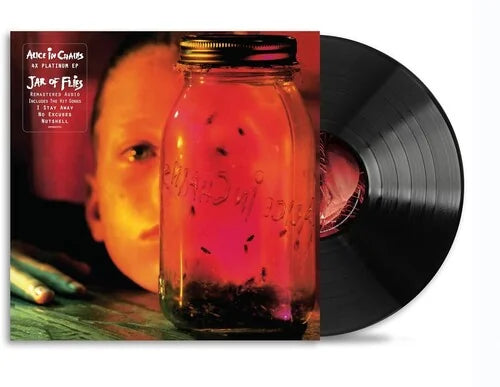
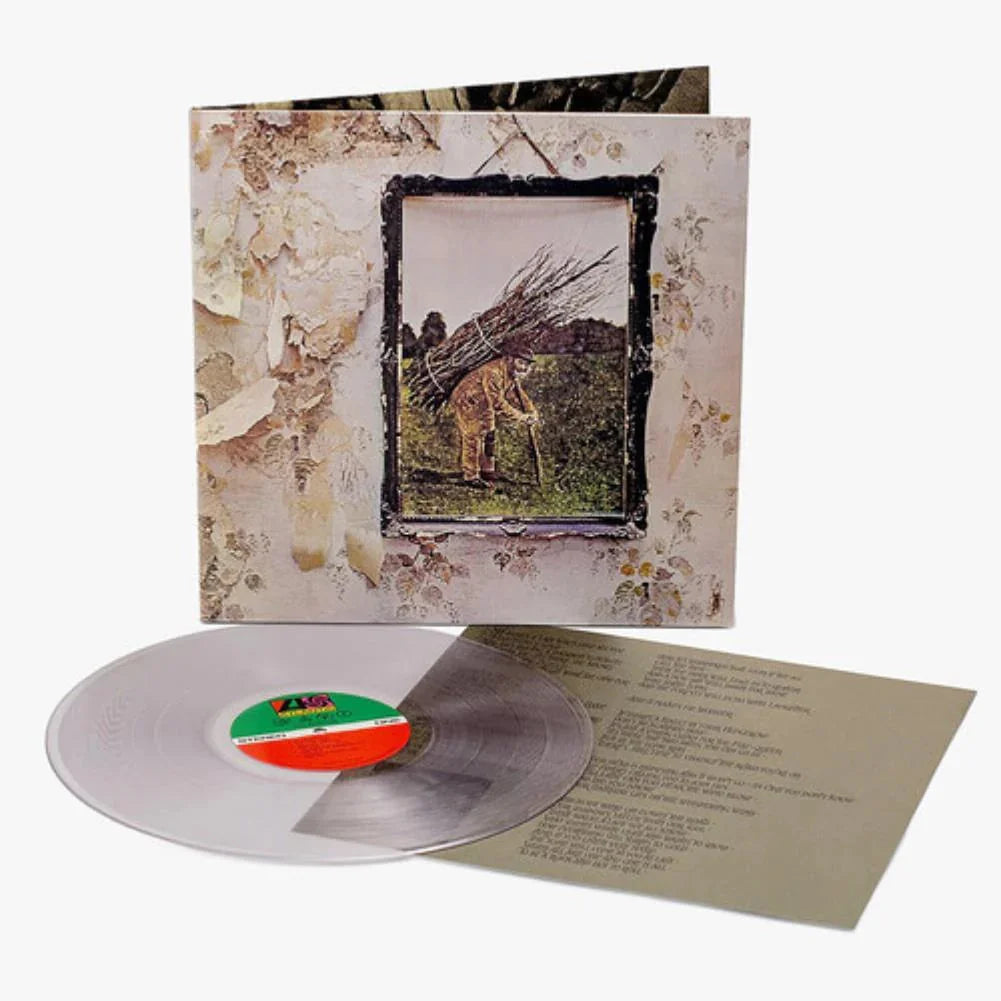
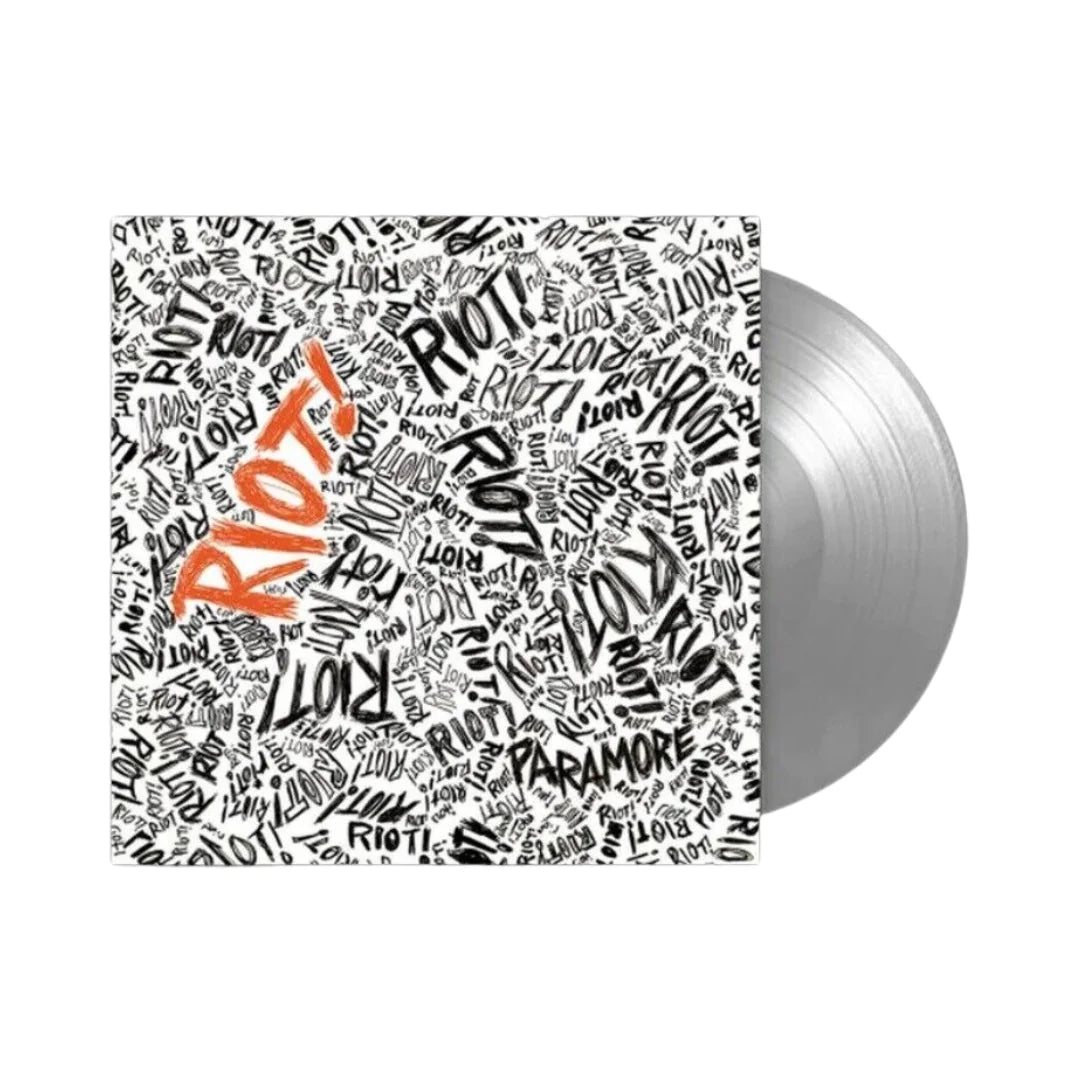
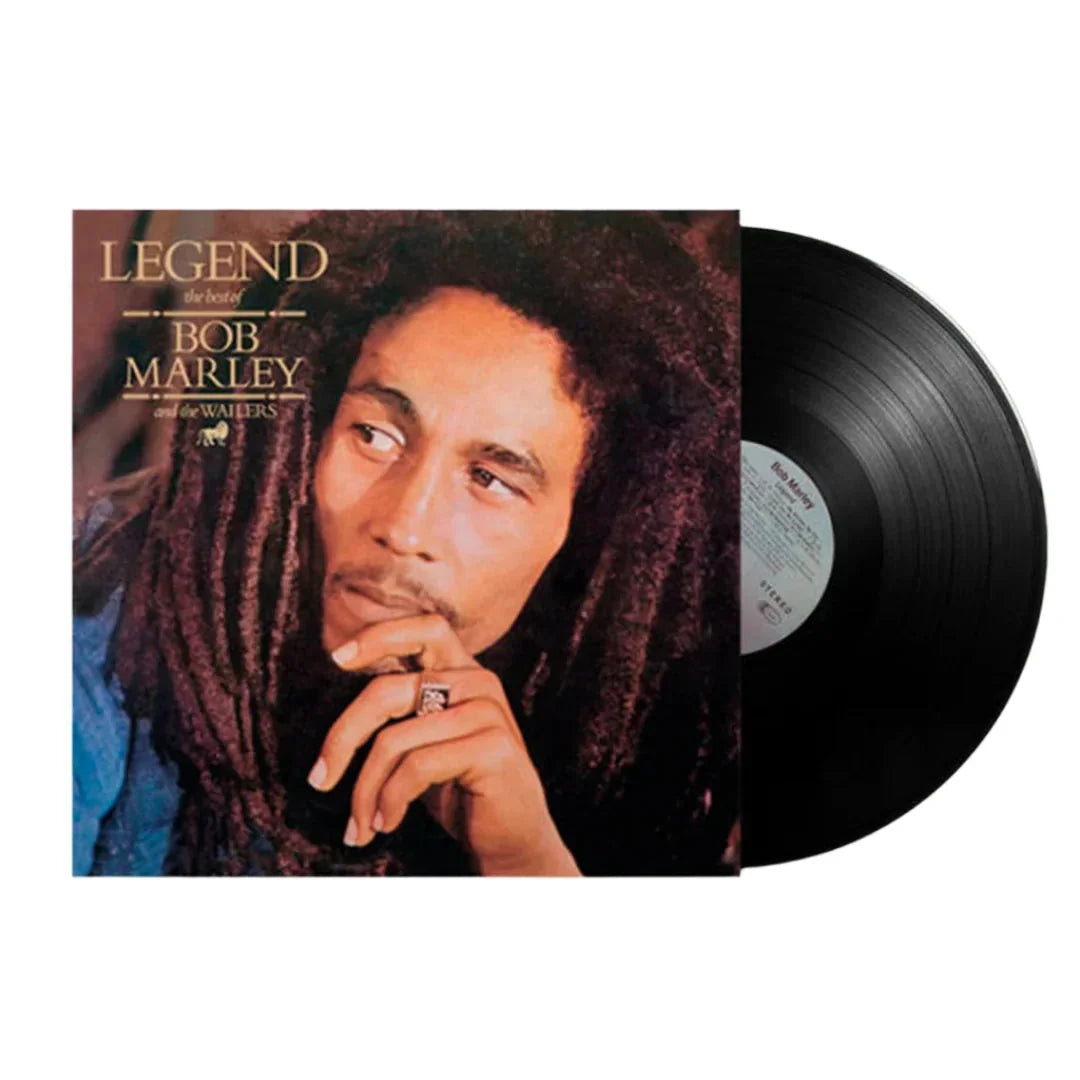
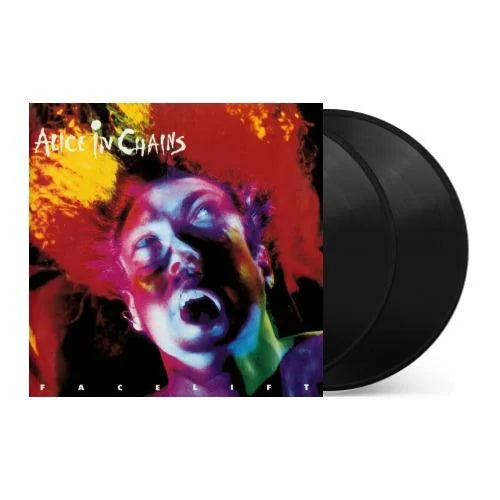
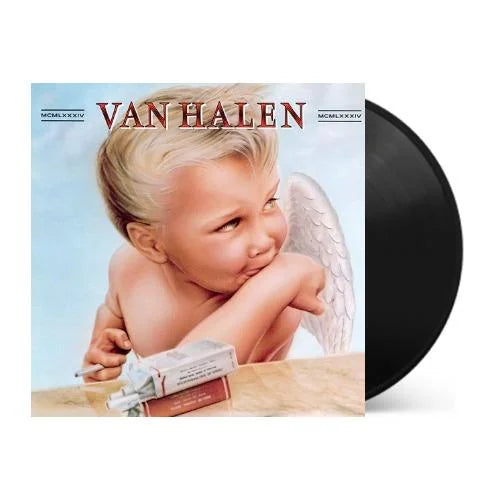
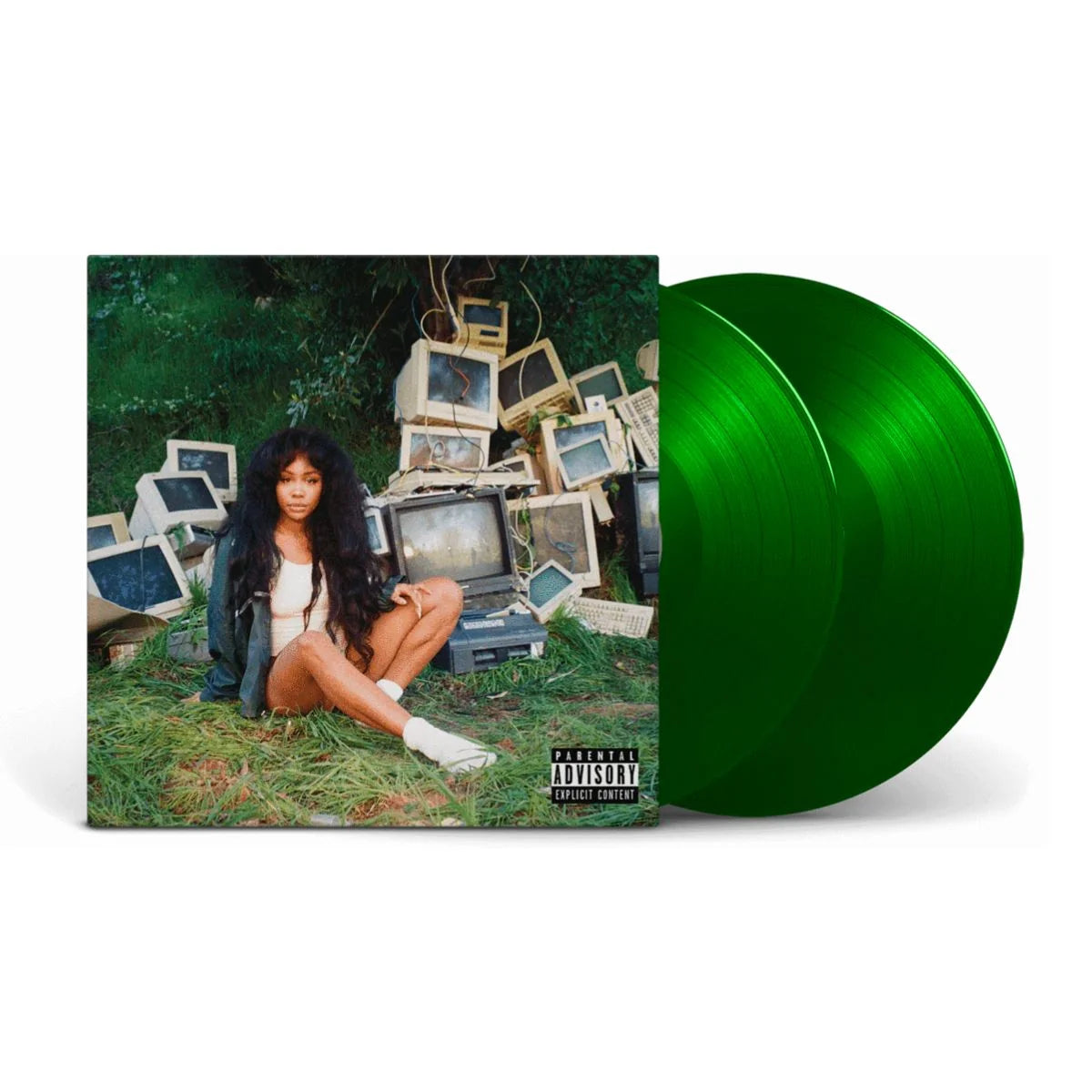
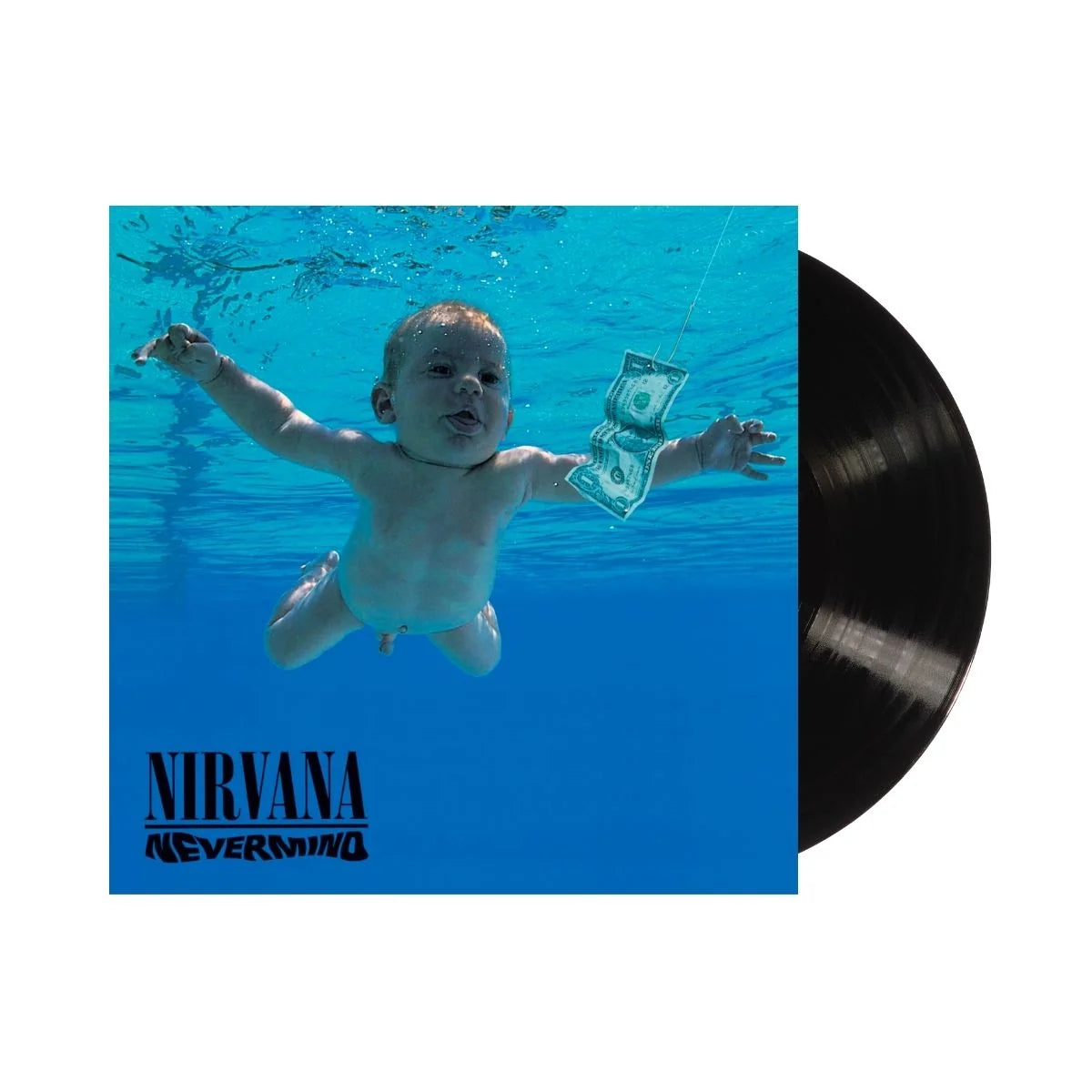
![The Grateful Dead - The Music Never Stopped [6LP Box Set]](http://vinyl.com/cdn/shop/files/The_Grateful_Dead-The_Music_Never_Stopped__6LP_Box_Set.jpg?v=1747729623&width=5760)
![The Grateful Dead - Madison Square Garden, New York, NY 3/9/81 (2023 Rocktober Edition) [5LP Box Set]](http://vinyl.com/cdn/shop/files/4247396-3042523.jpg?v=1758034700&width=5760)
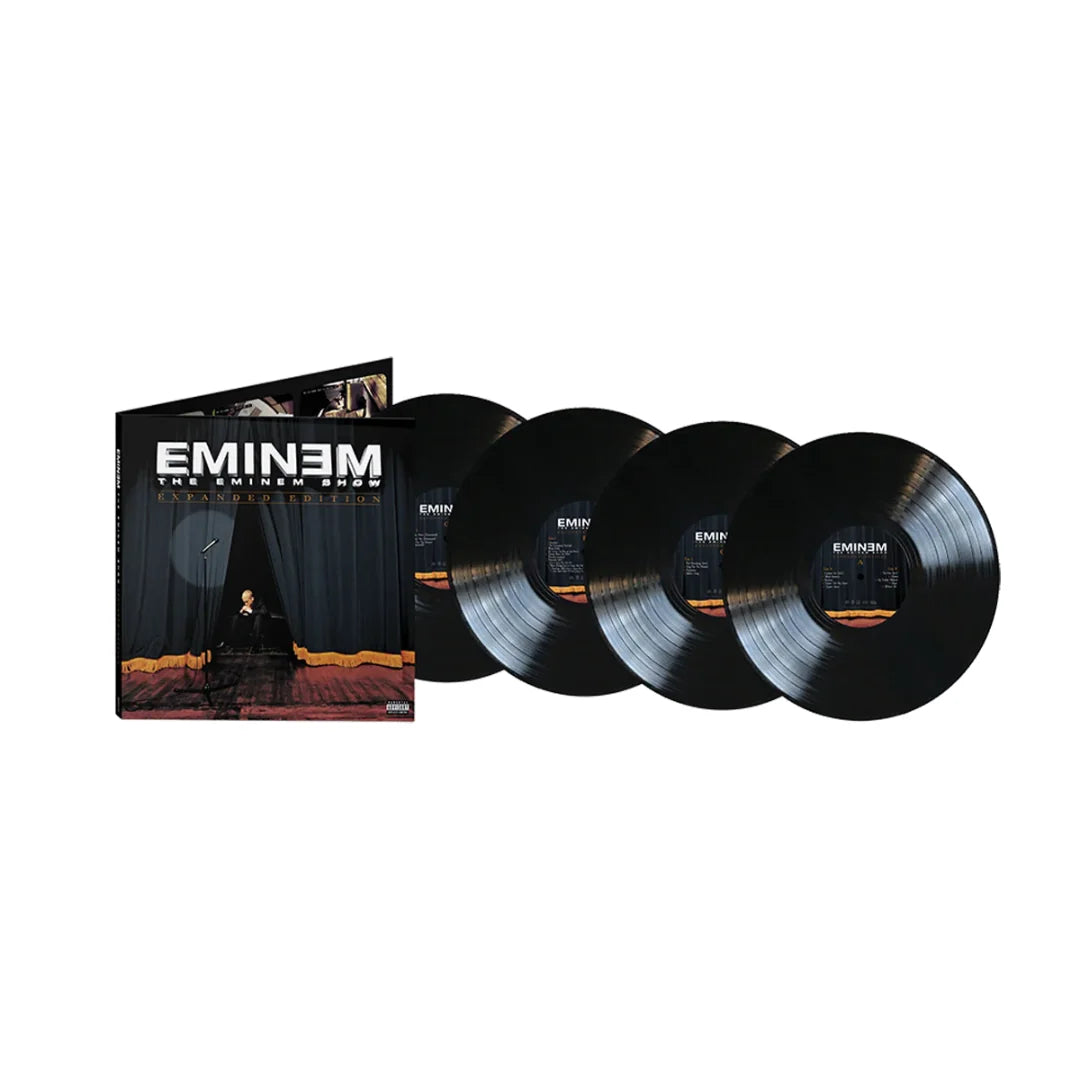

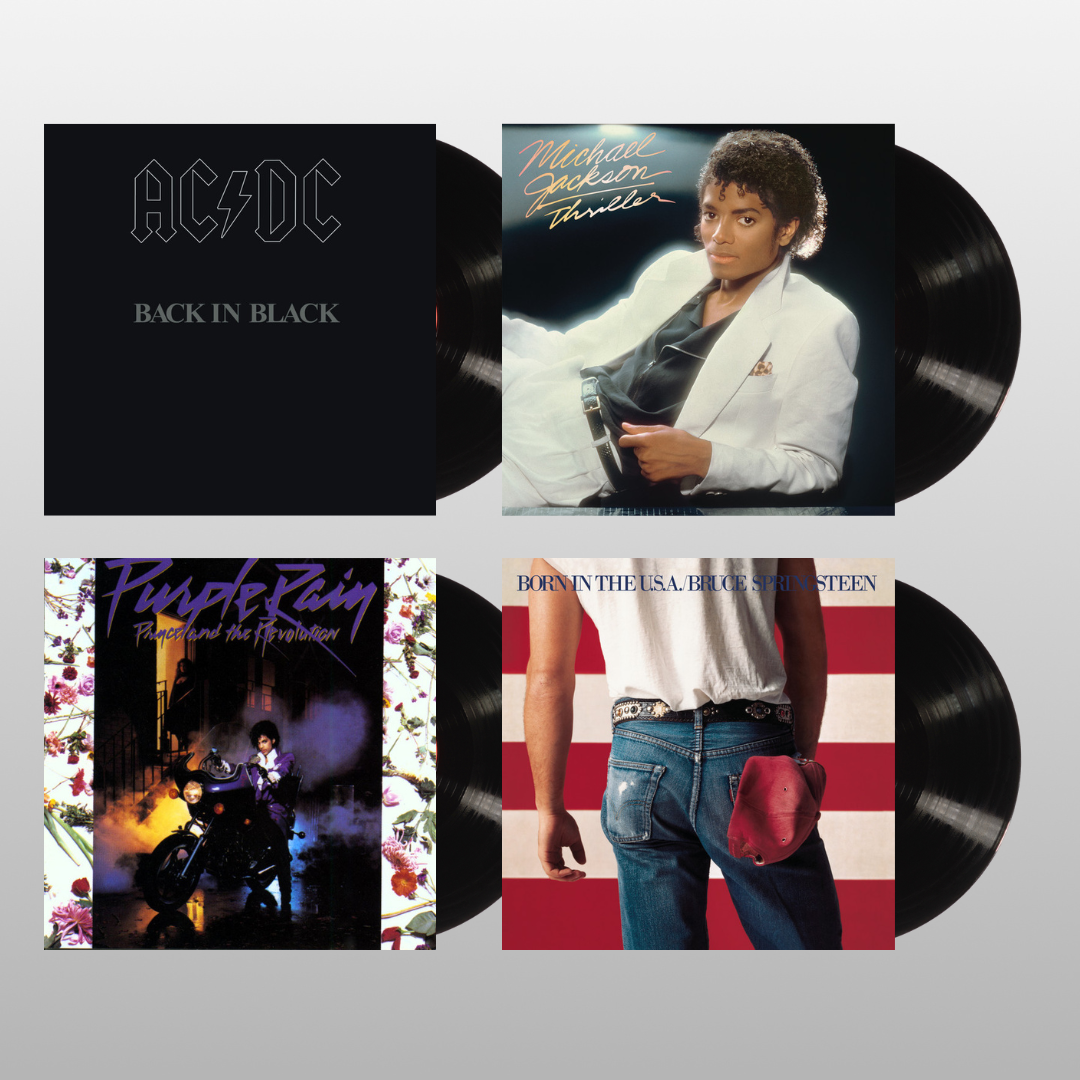
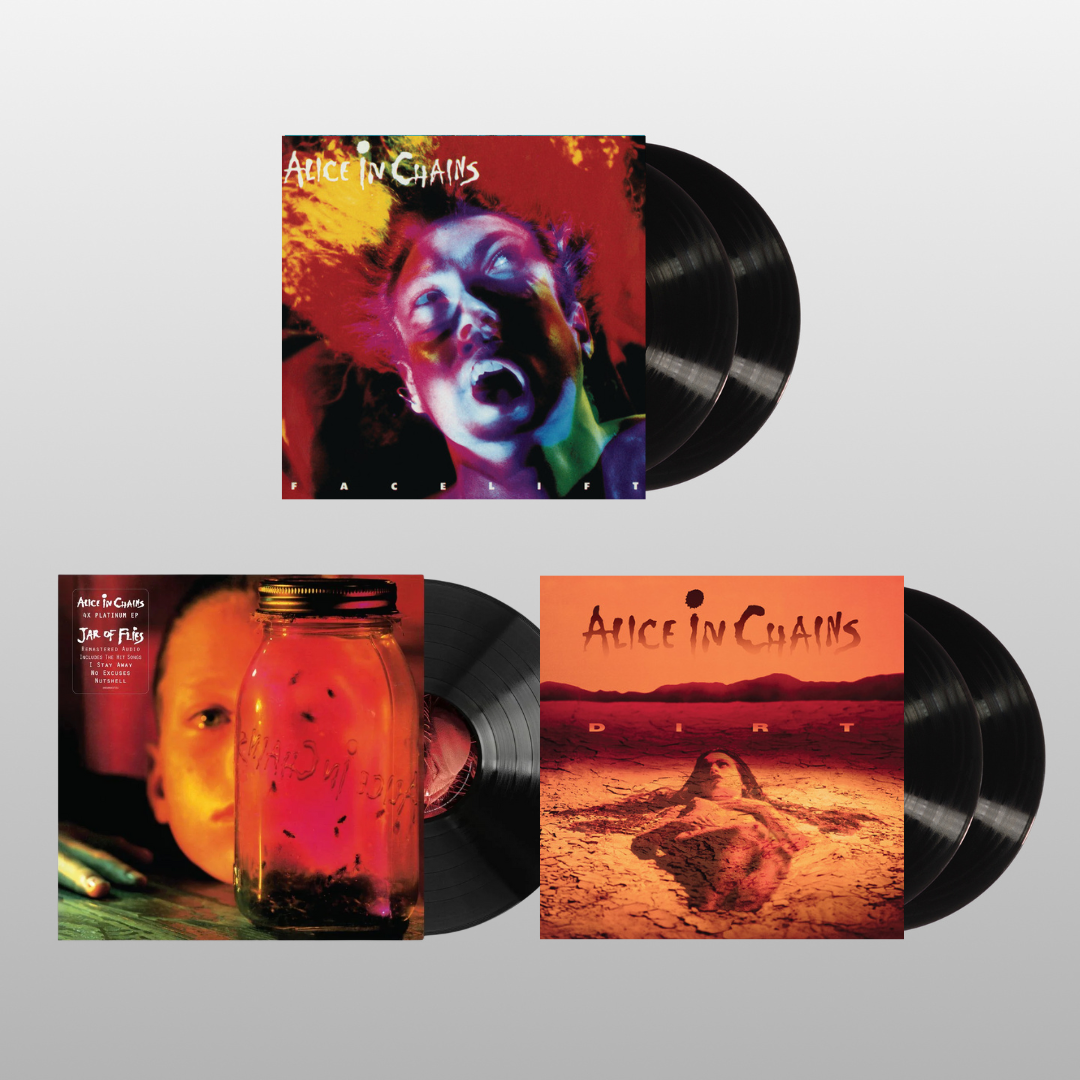
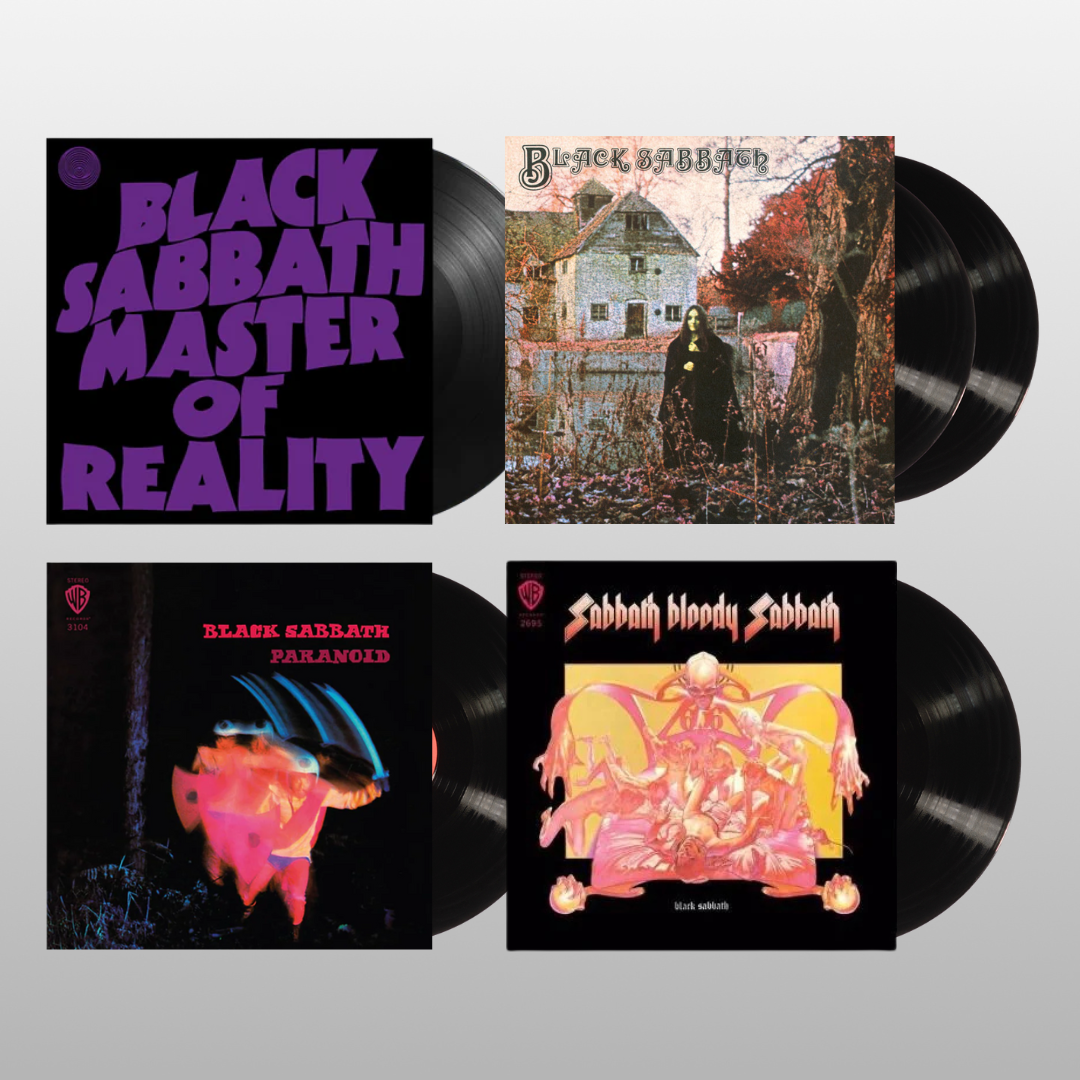

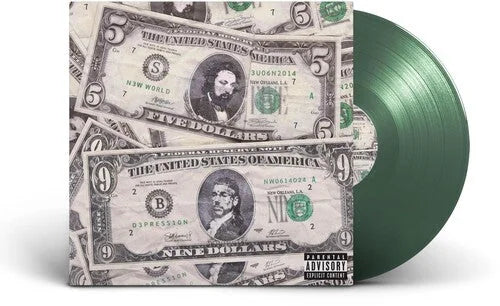
![(hed) p.e. - New And Improved [Pink]](http://vinyl.com/cdn/shop/files/4425252-3389420.jpg?v=1746578880&width=5760)
![1 Locate S - Wicked Jaw [Sky Blue]](http://vinyl.com/cdn/shop/files/4217742-2982879.jpg?v=1693273095&width=5760)
![11/5 - A-1 Yola [2LP Orange Swirl]](http://vinyl.com/cdn/shop/files/3992138-2728122.jpg?v=1684200429&width=5760)
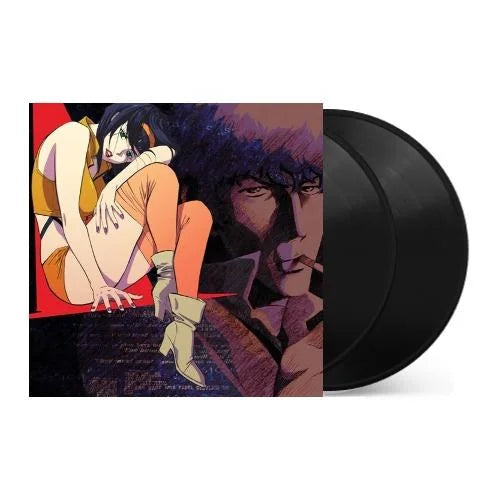
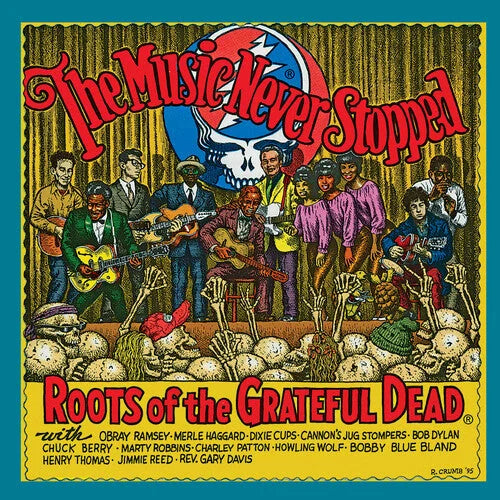


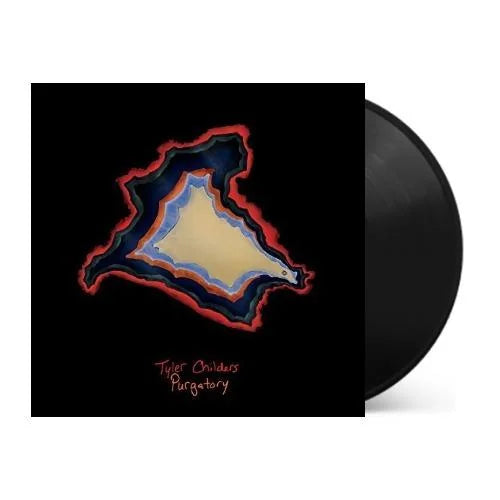
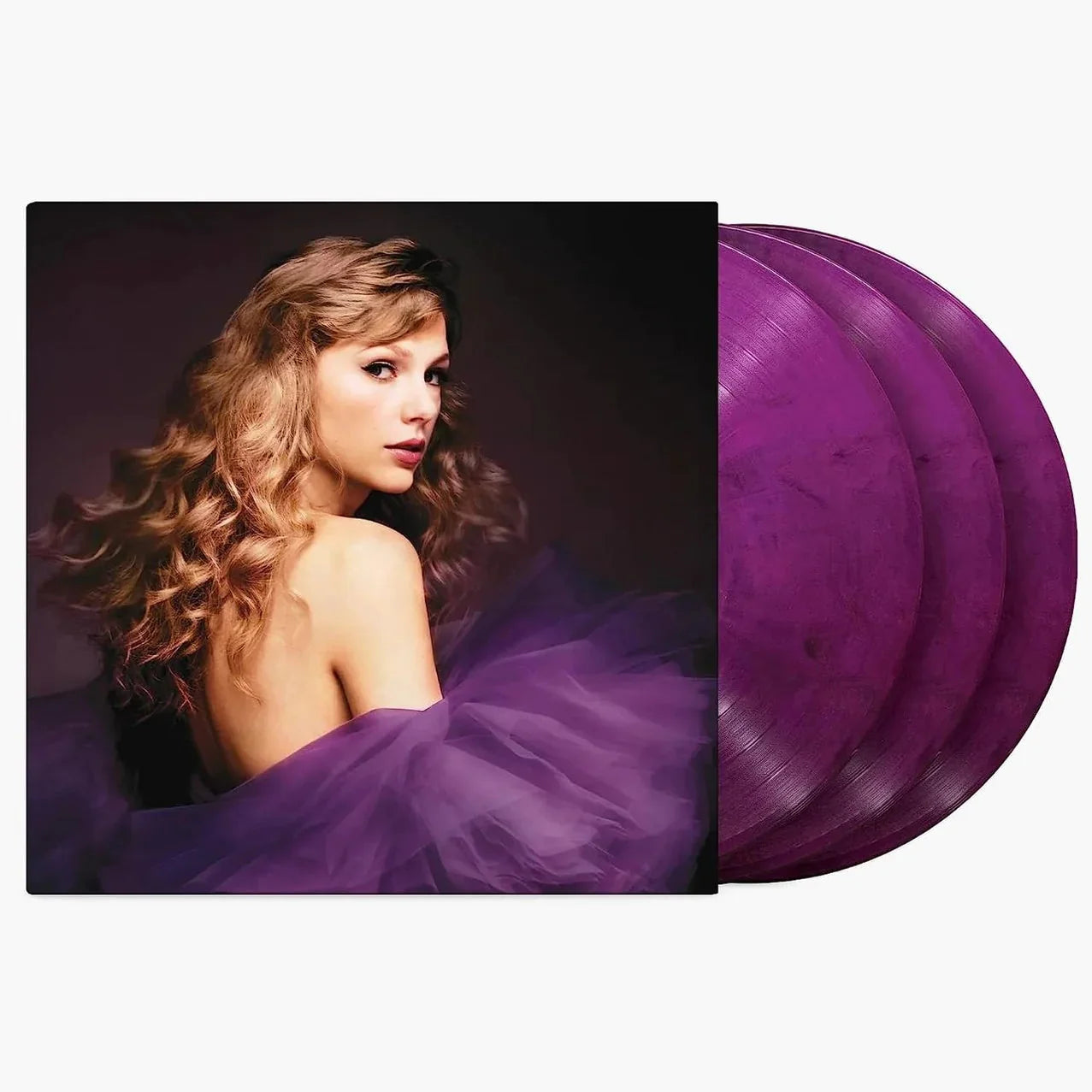
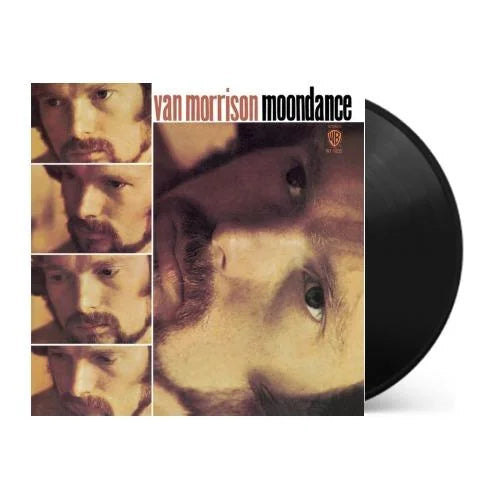
![Zach Bryan - American Heartbreak [3LP]](http://vinyl.com/cdn/shop/files/Zach_Bryan-American_Heartbreak_3LP.webp?v=1764838852&width=5760)
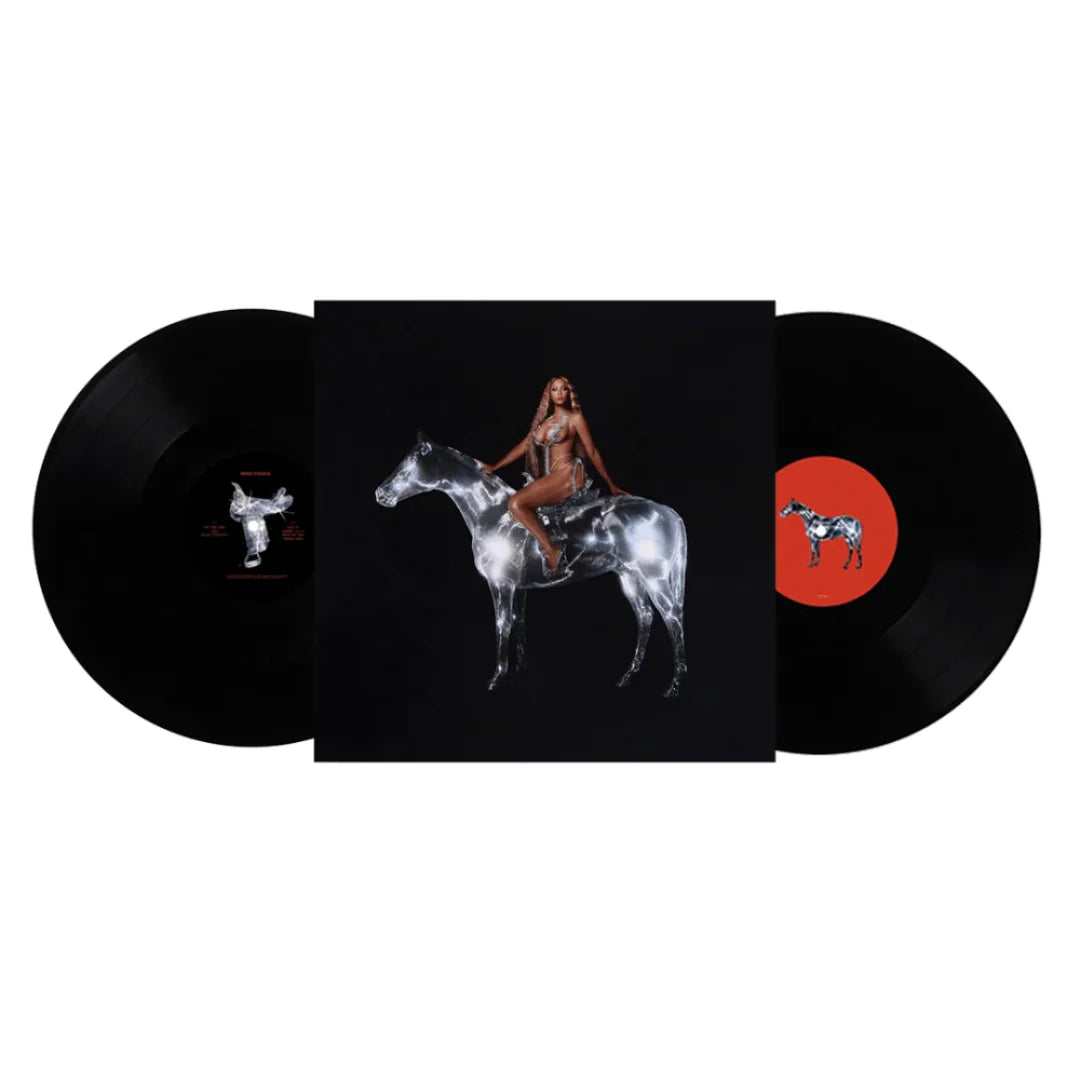
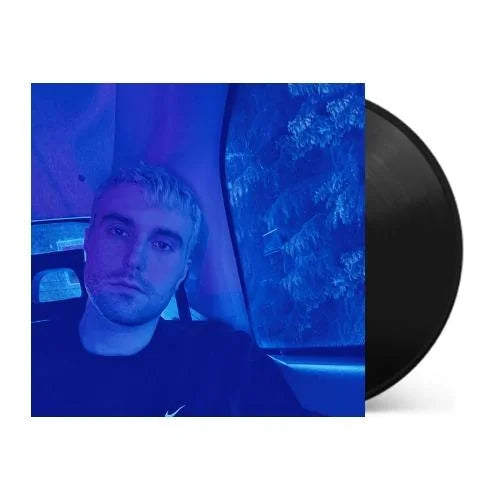
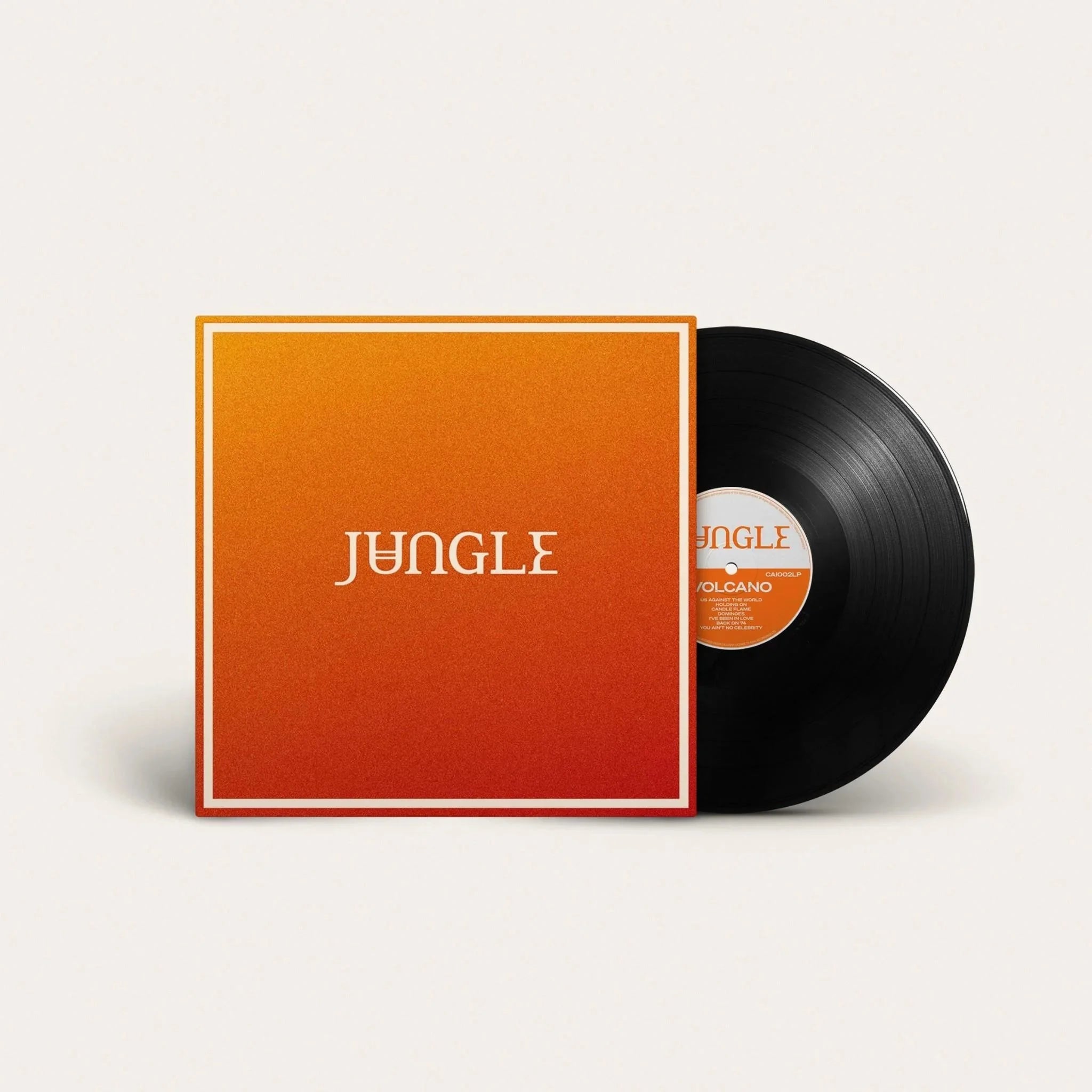
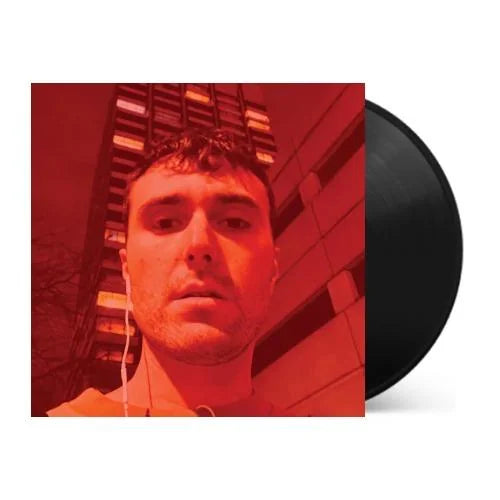
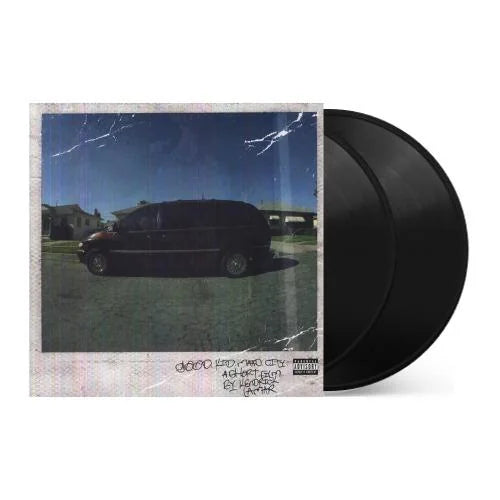
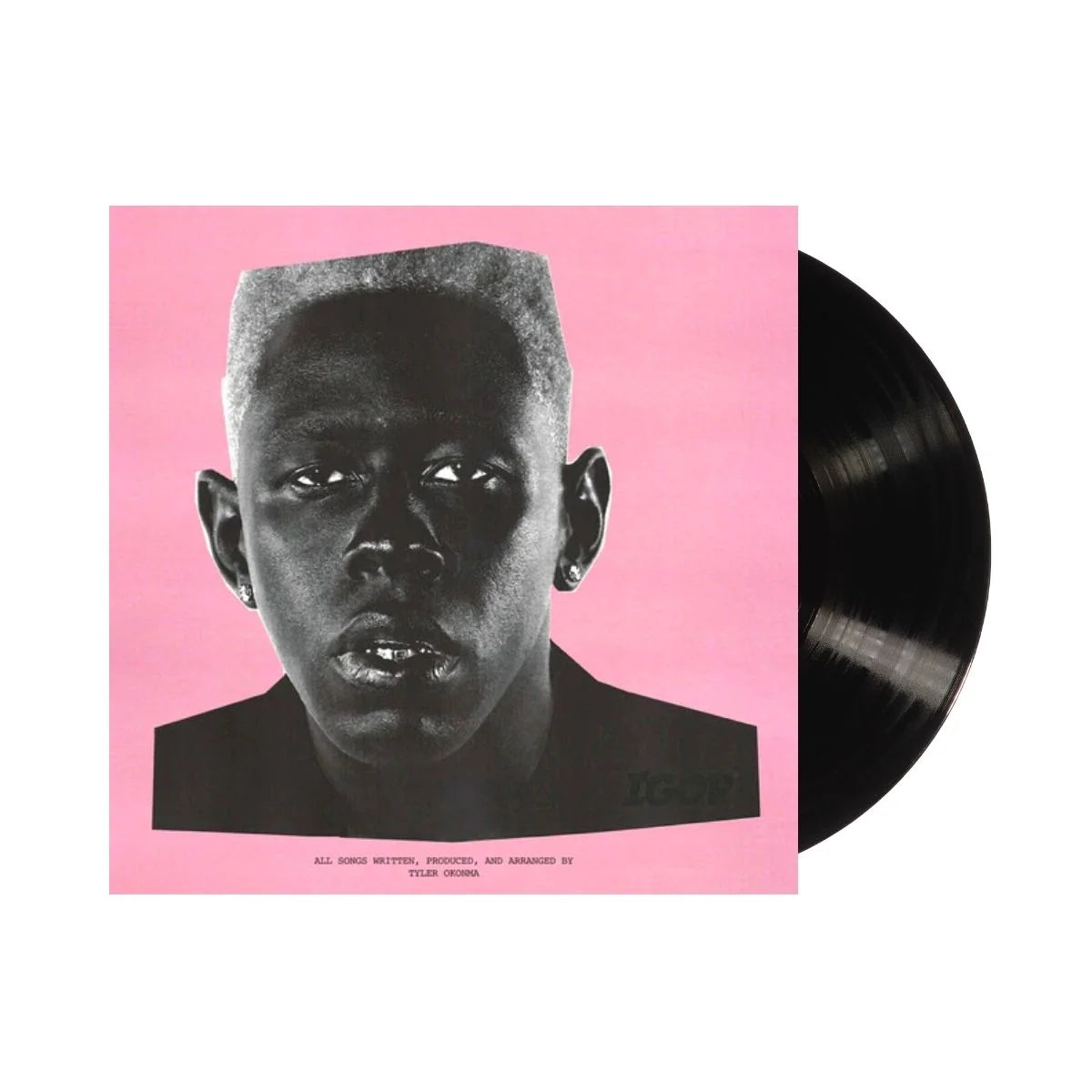
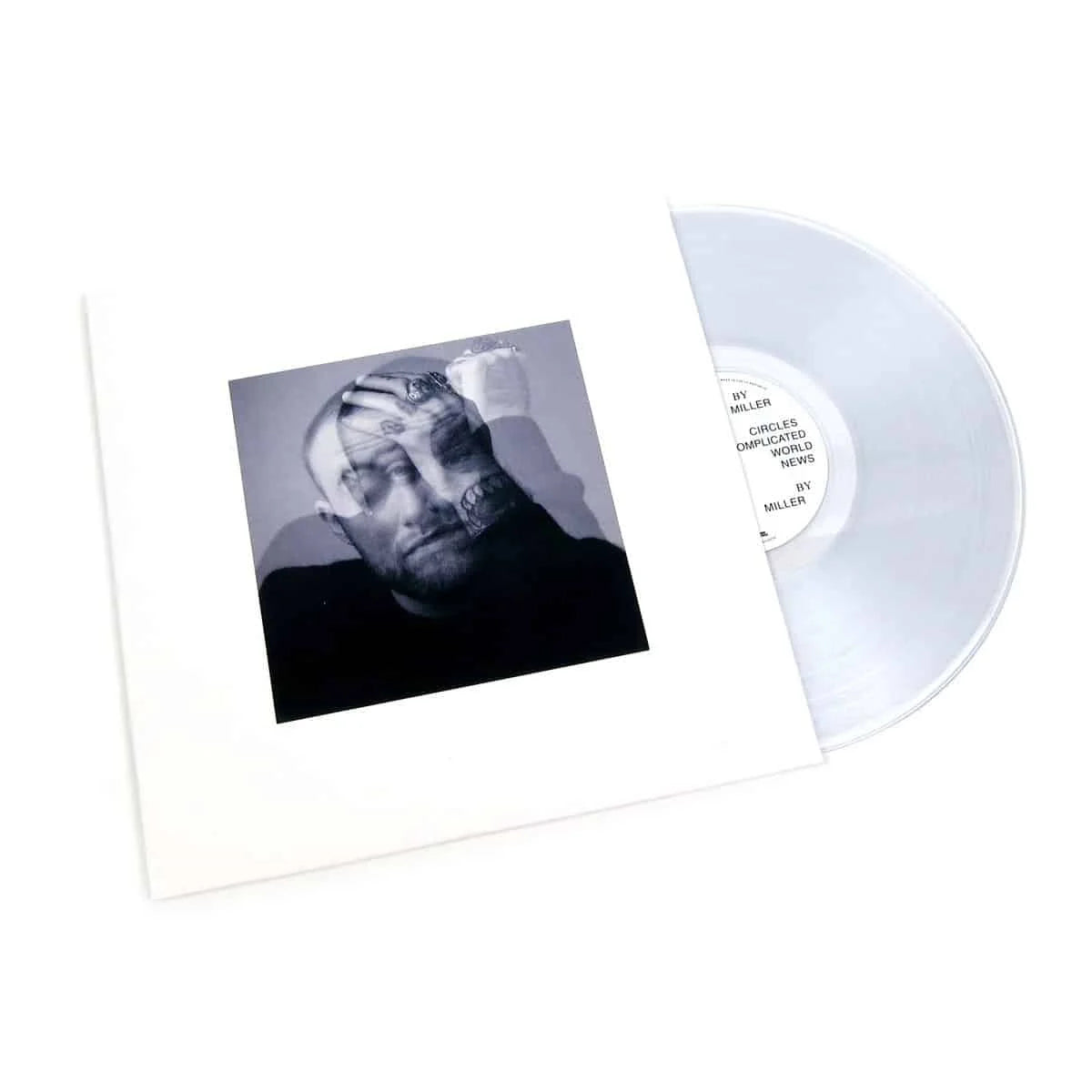
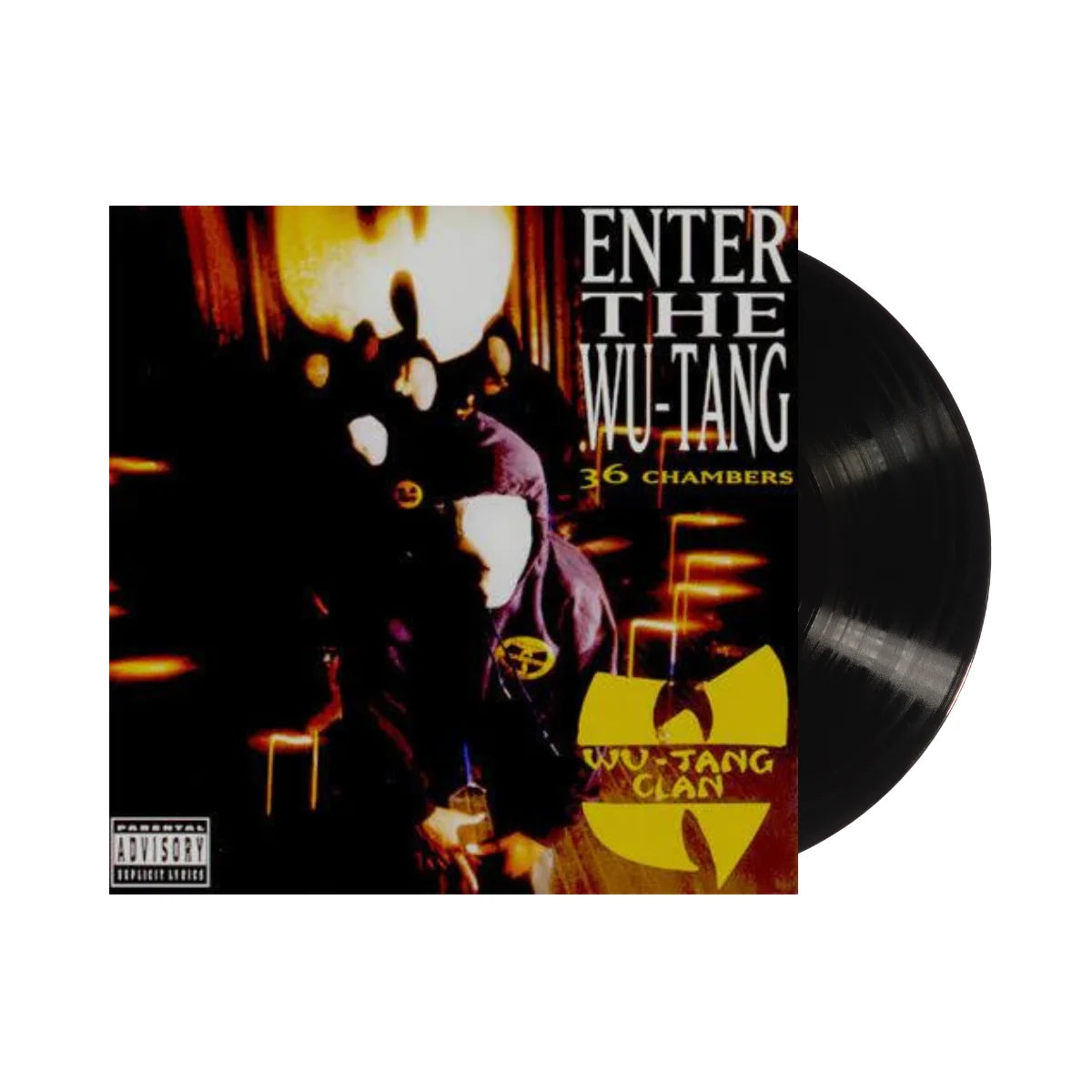
![Miles Davis - Kind of Blue [180-gram]](http://vinyl.com/cdn/shop/files/Y4LPMD03.webp?v=1742198237&width=5760)
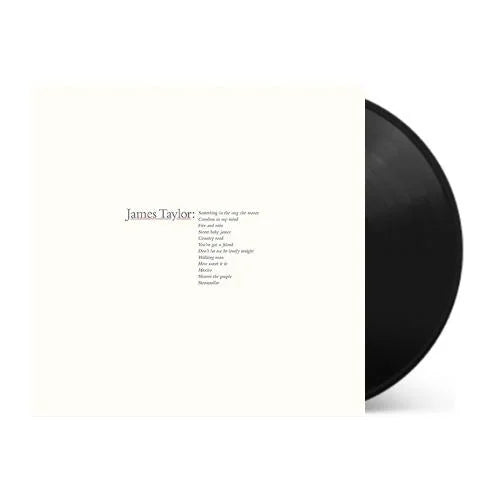

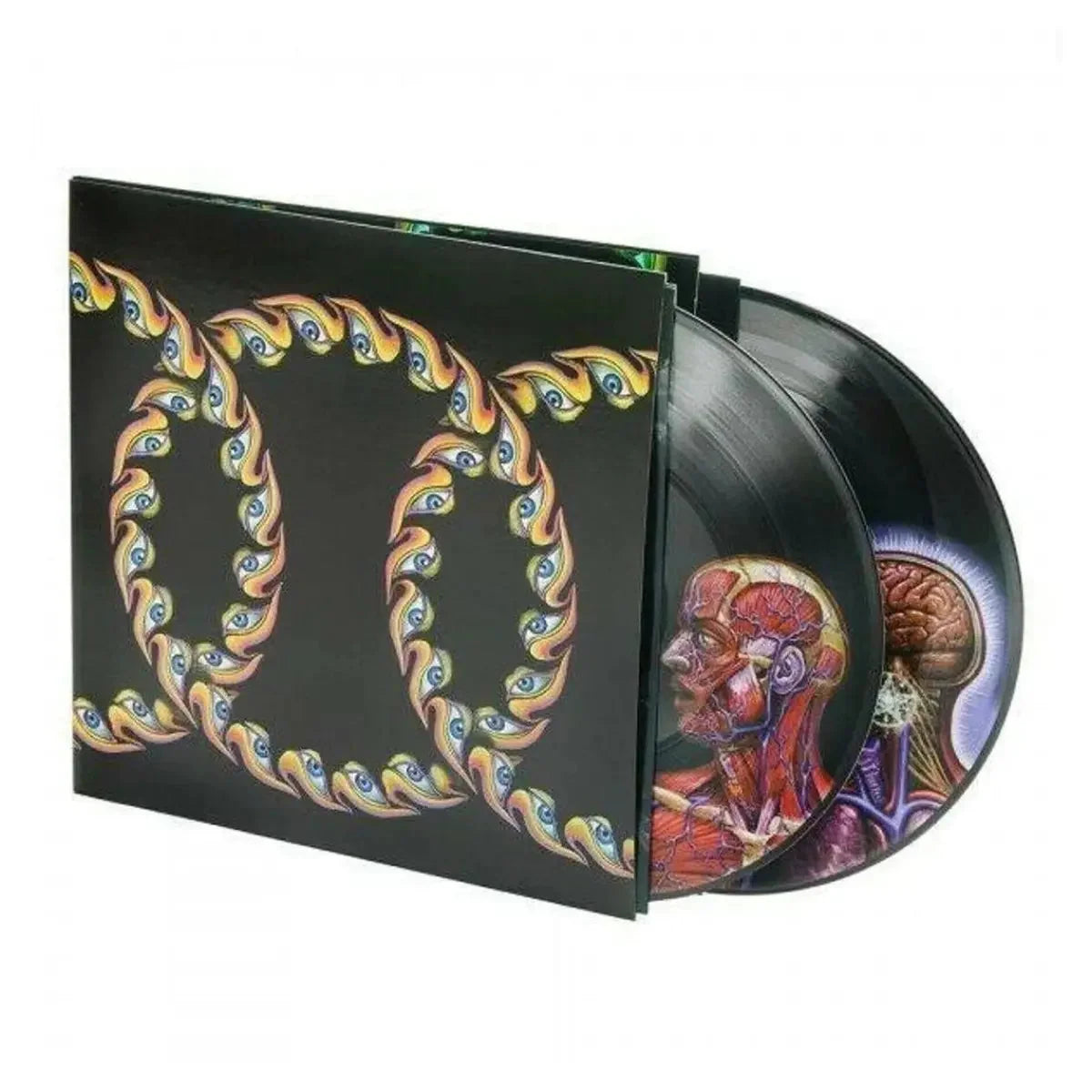
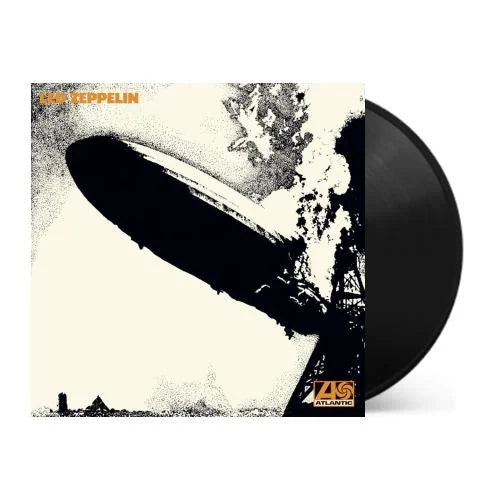
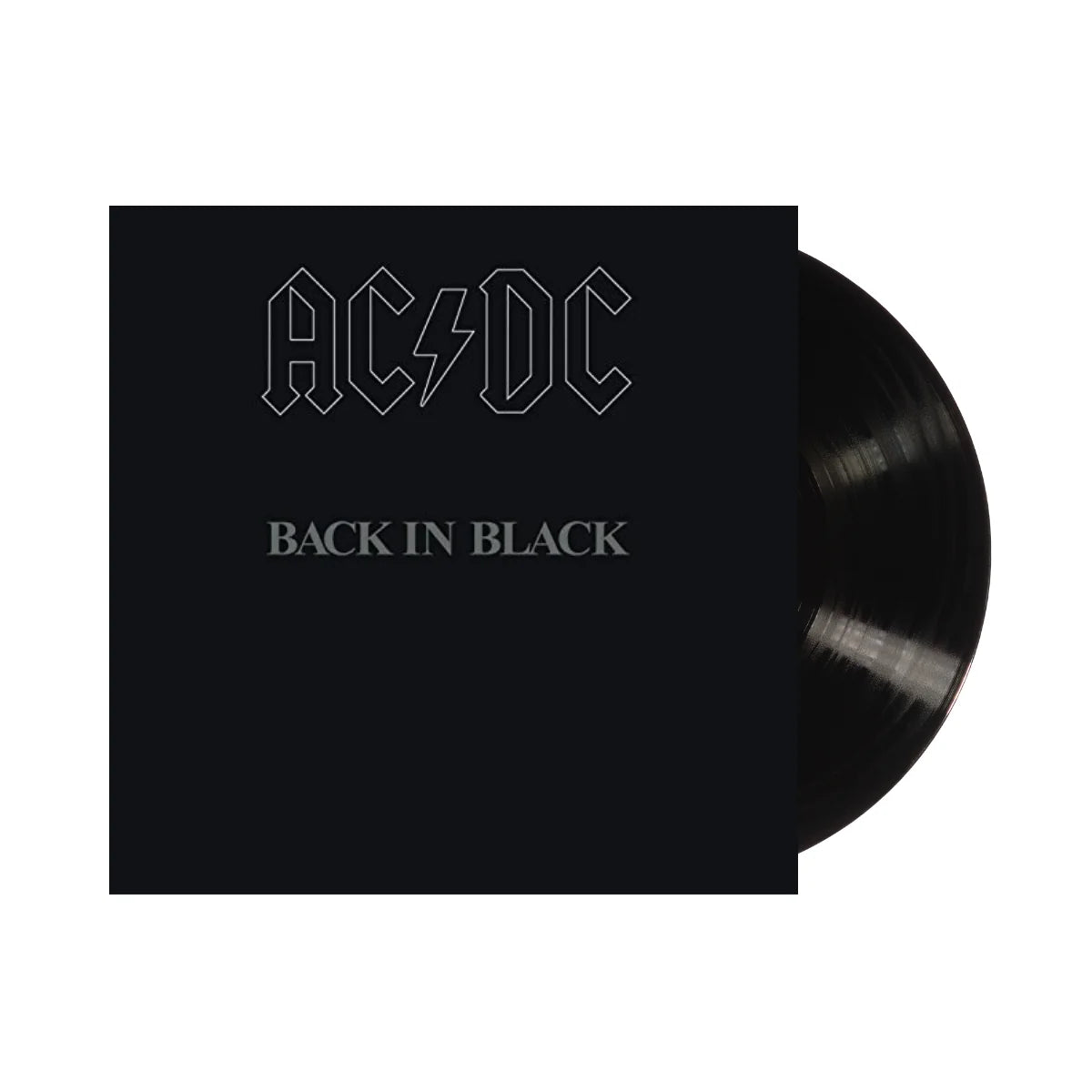
![Taylor Swift - folklore [2LP Beige]](http://vinyl.com/cdn/shop/files/477929-Product-0-I-637317959467683009_grande_a6f82db0-1cb7-45c5-8892-ed79af261e80.webp?v=1736750683&width=5760)
